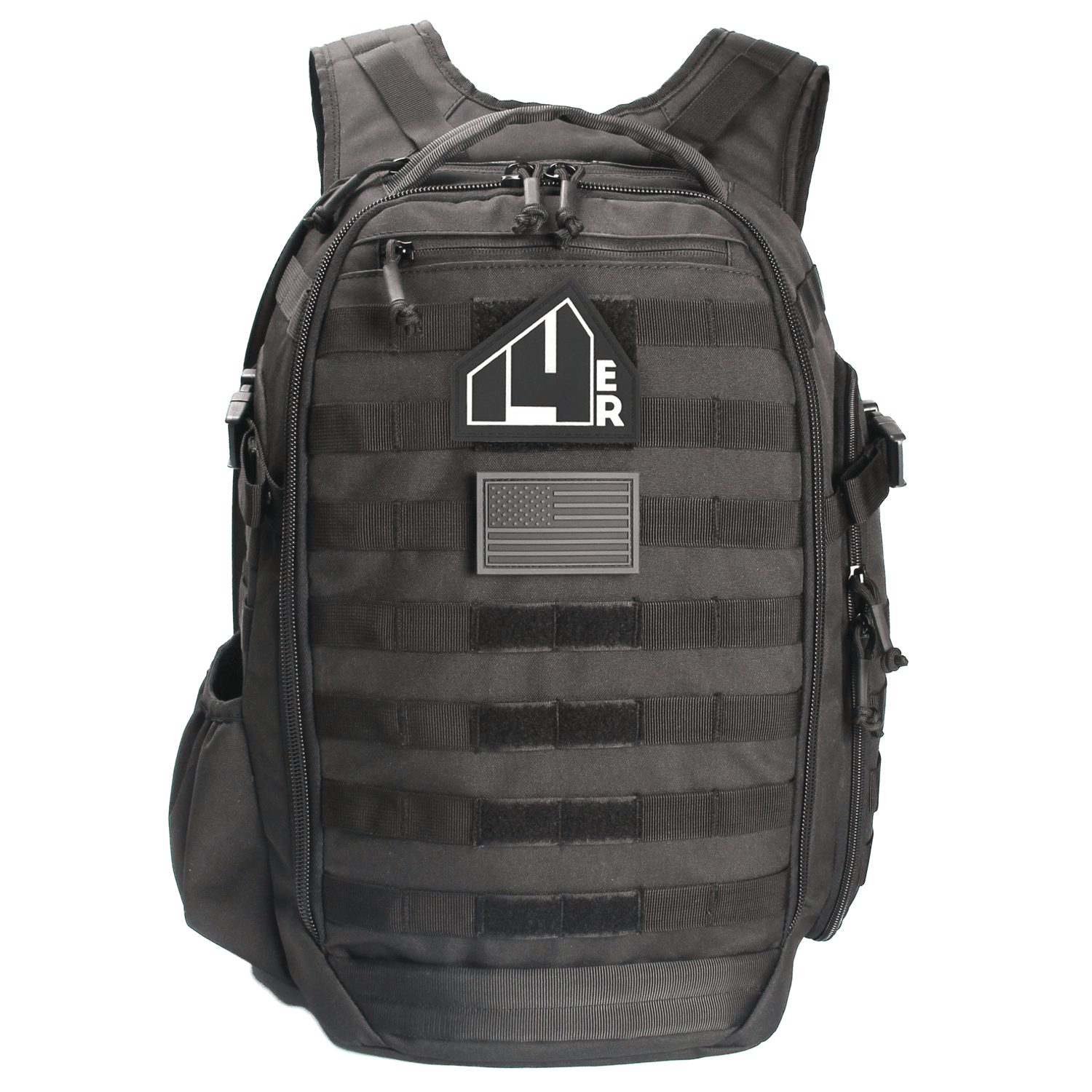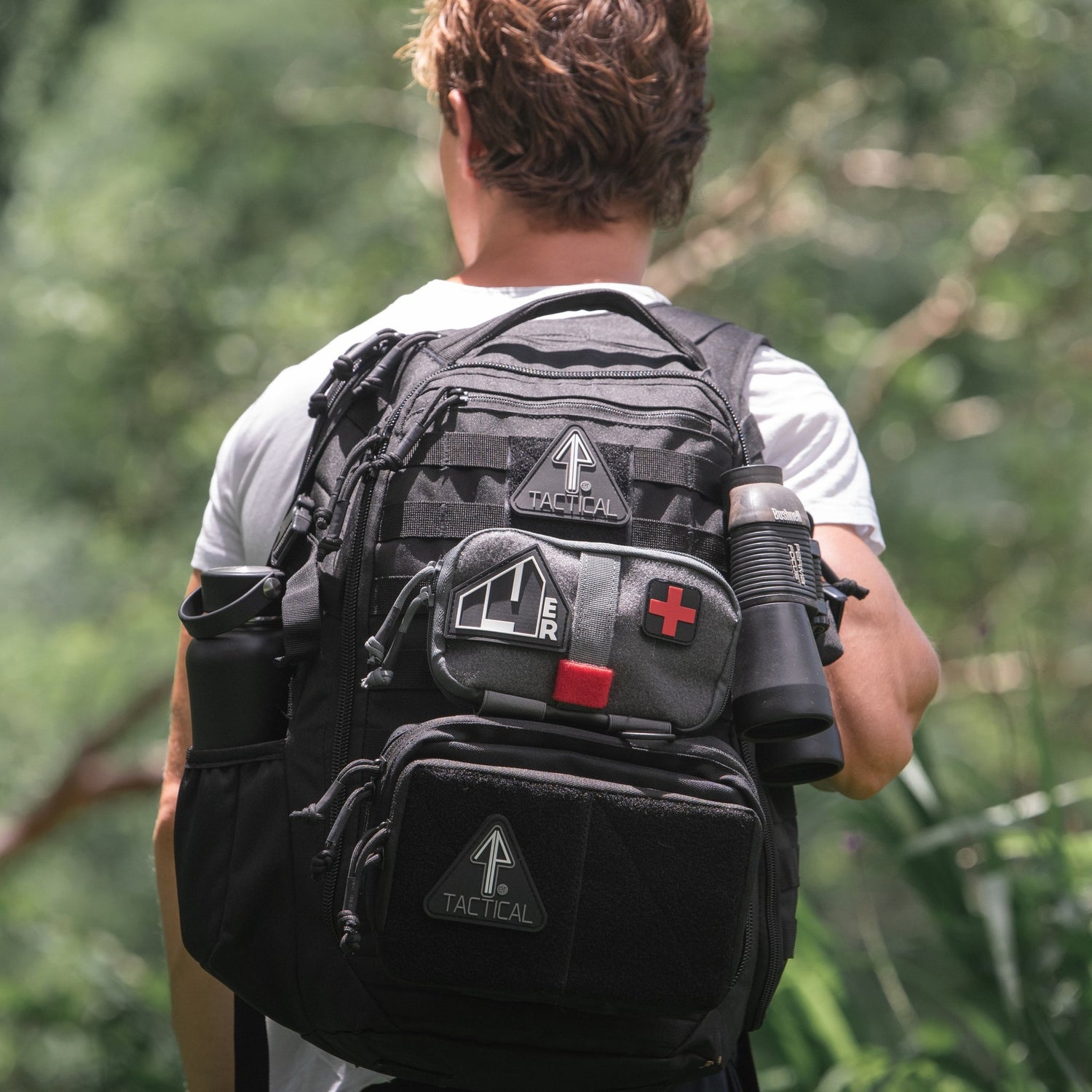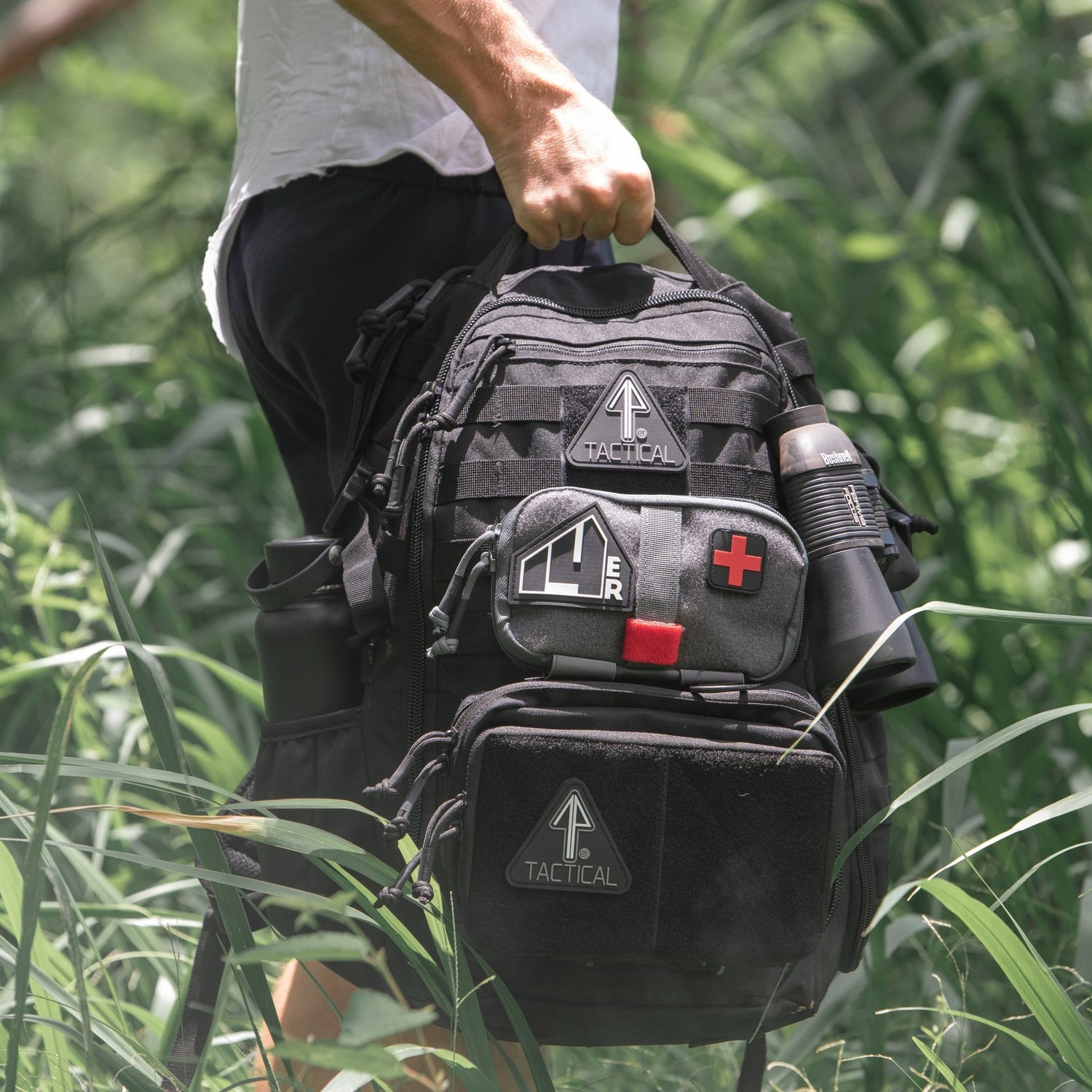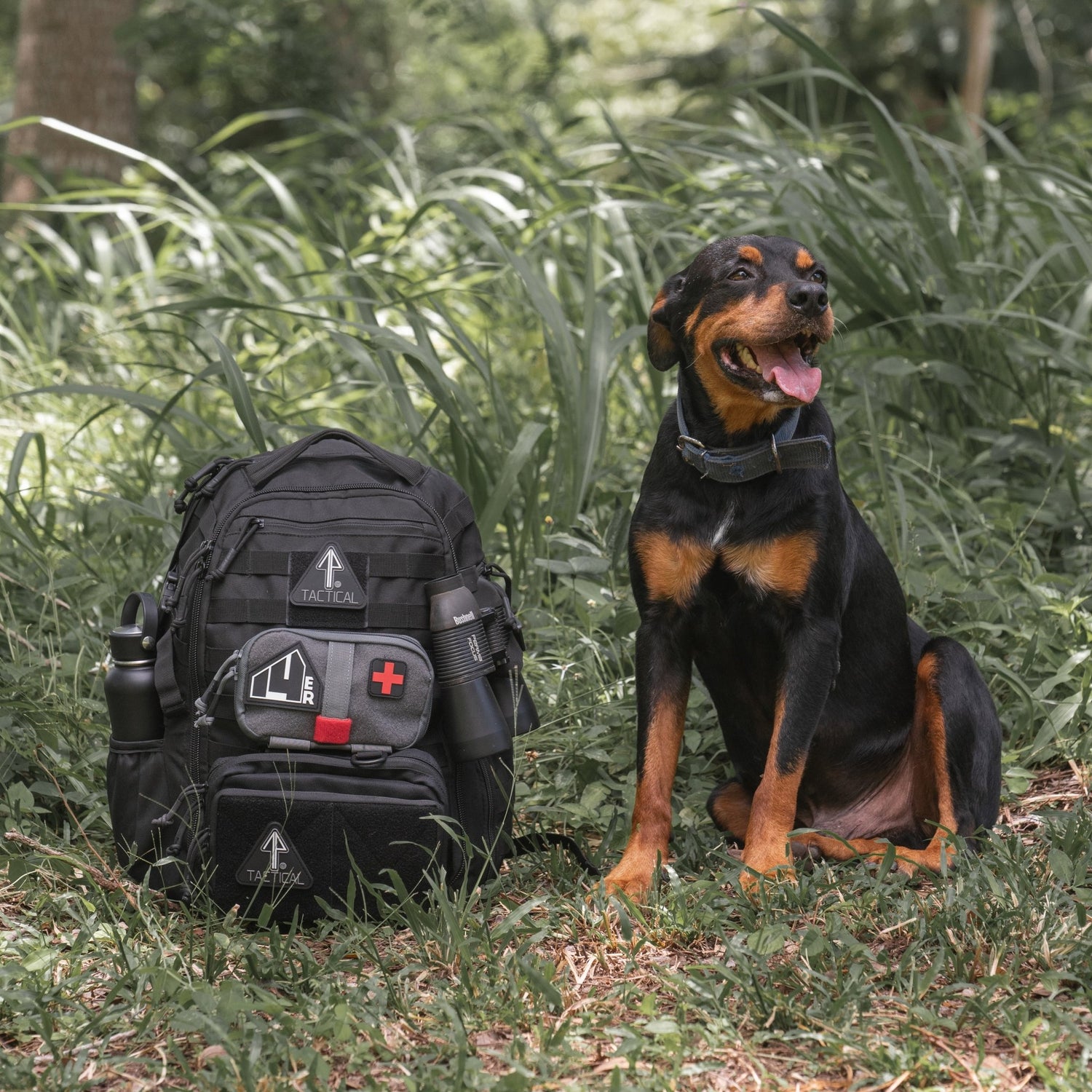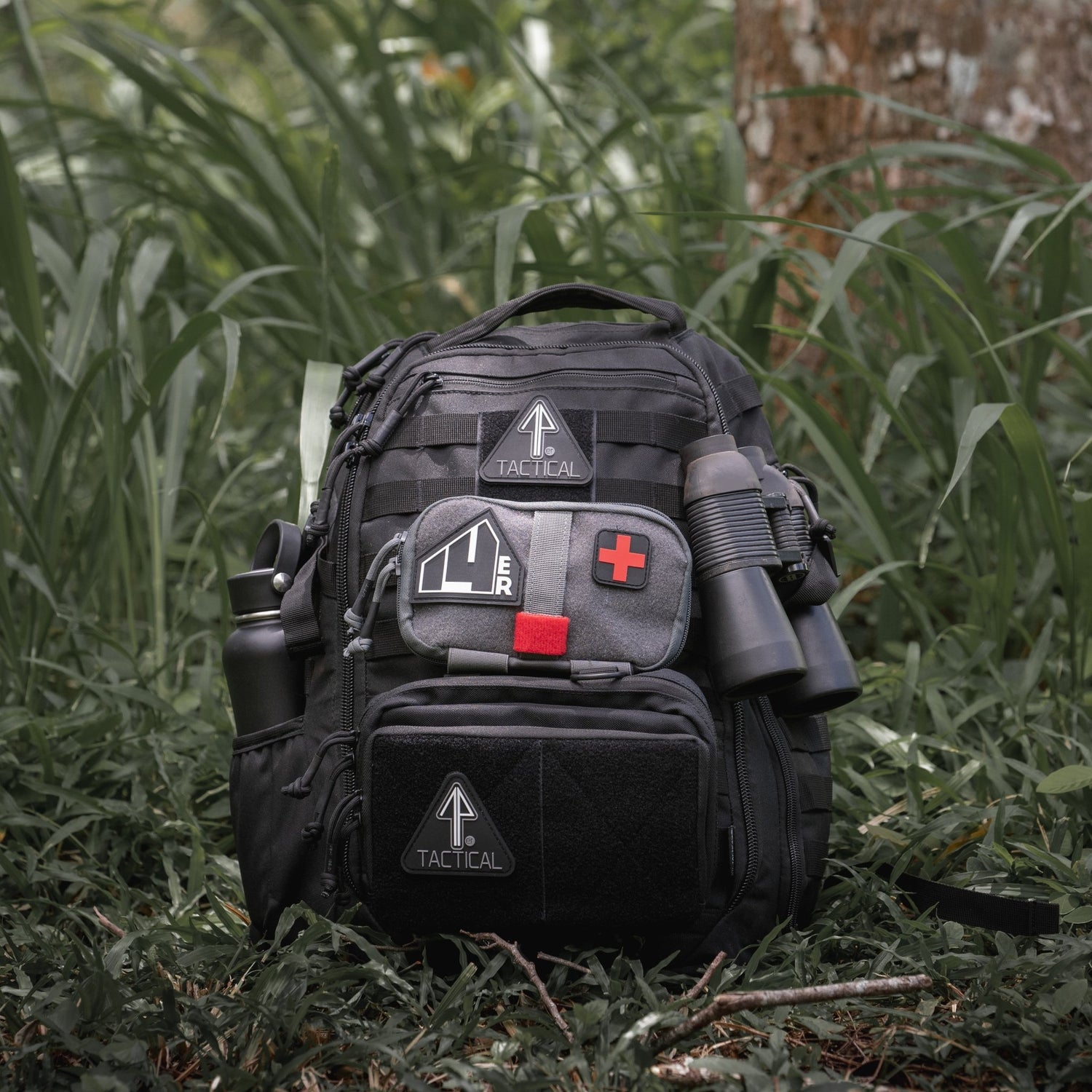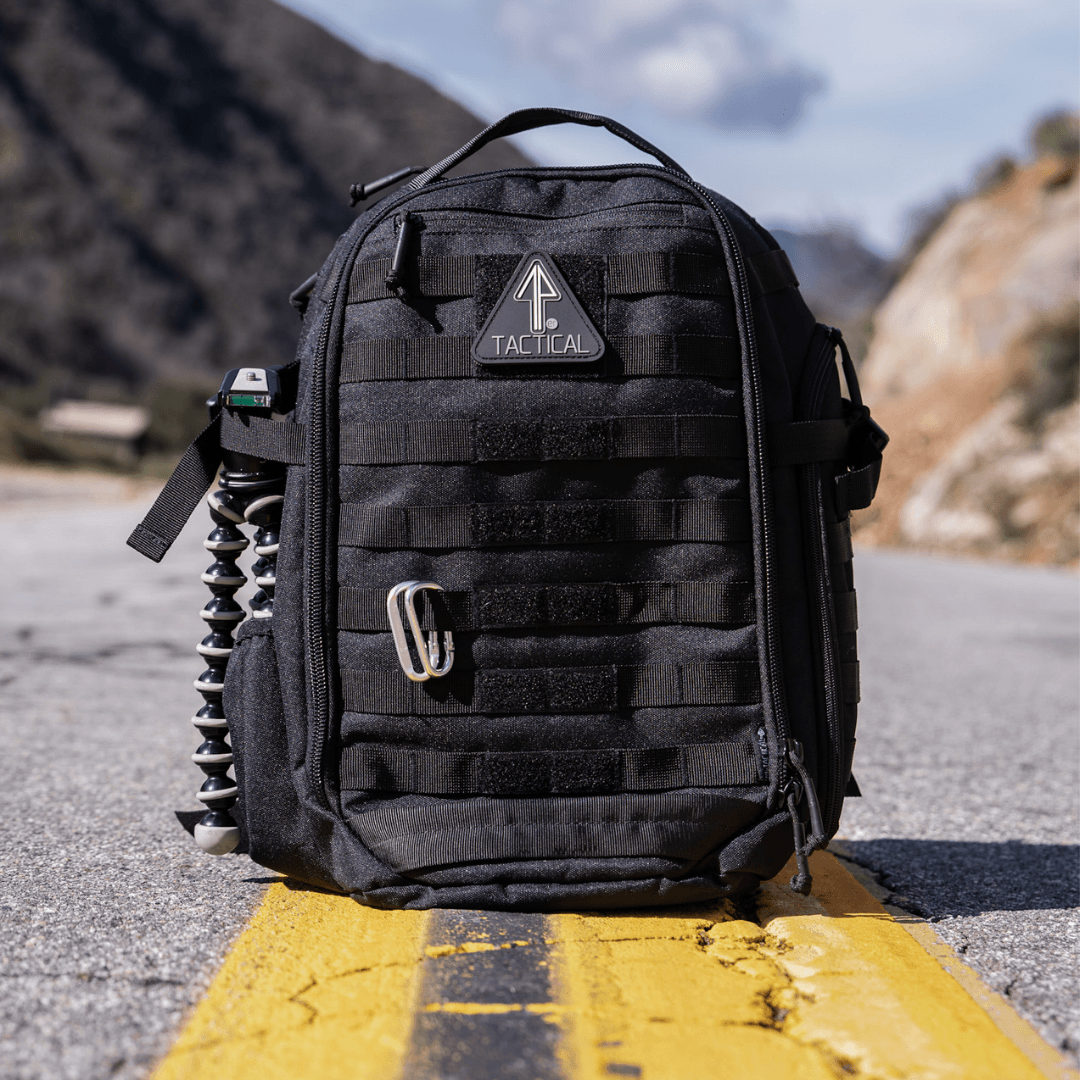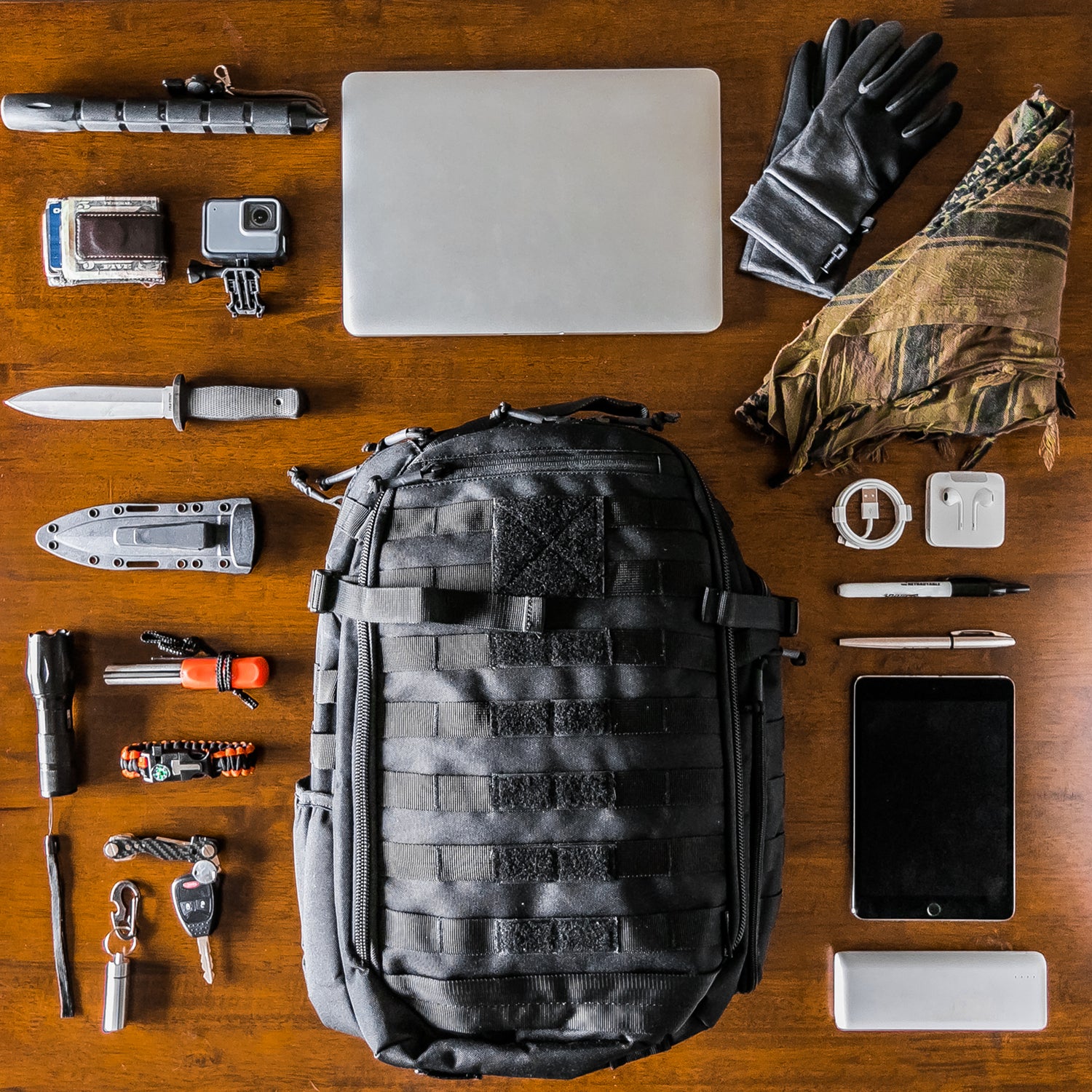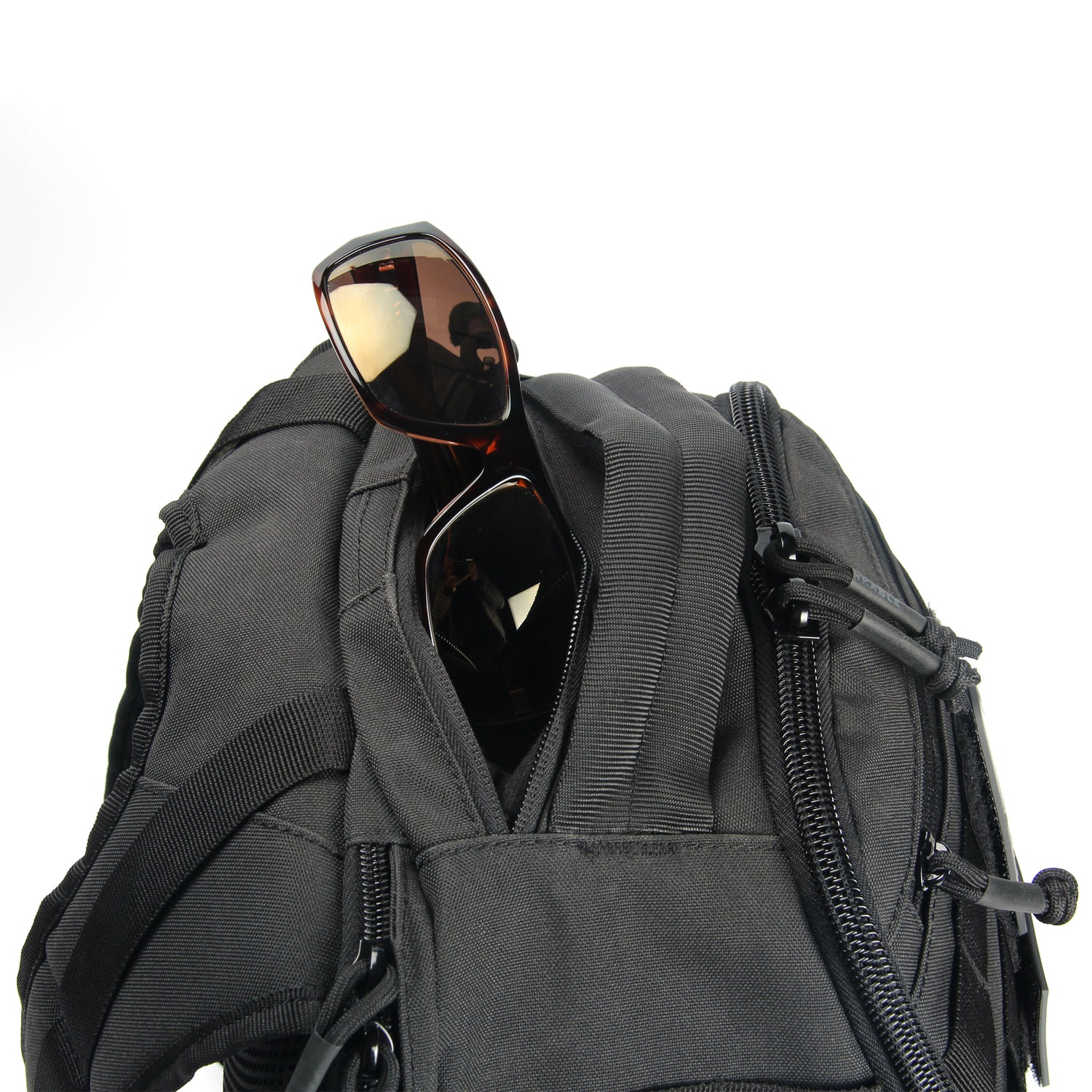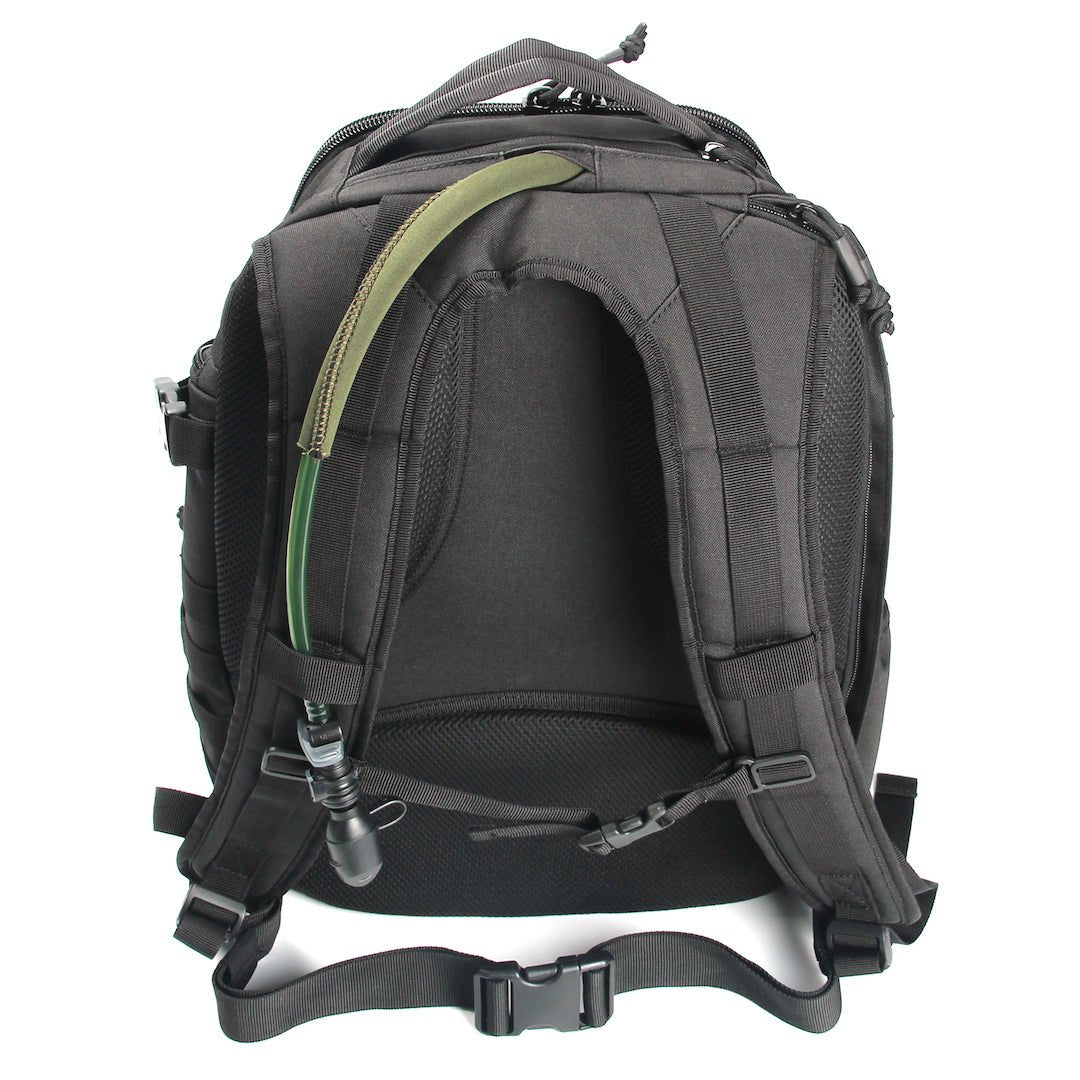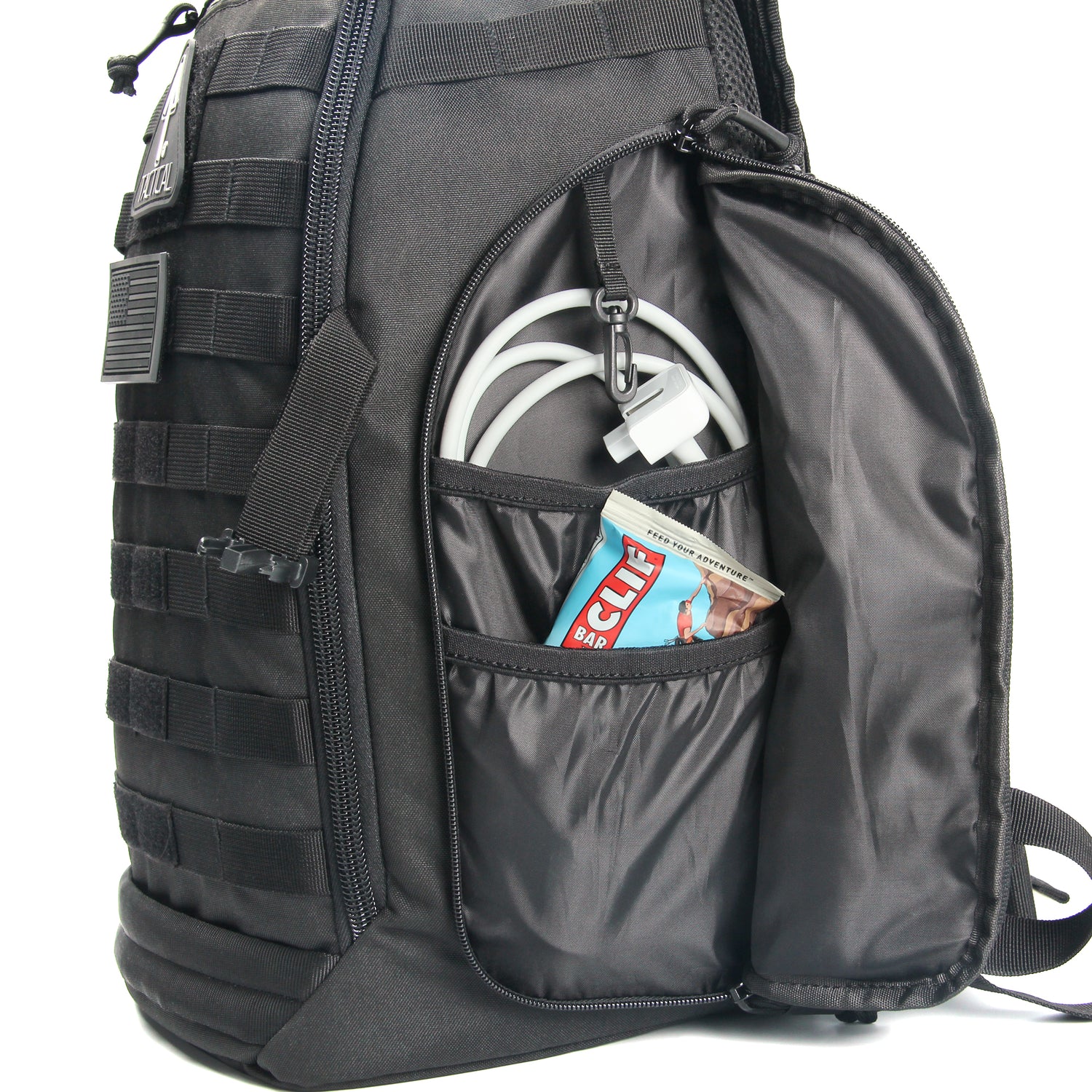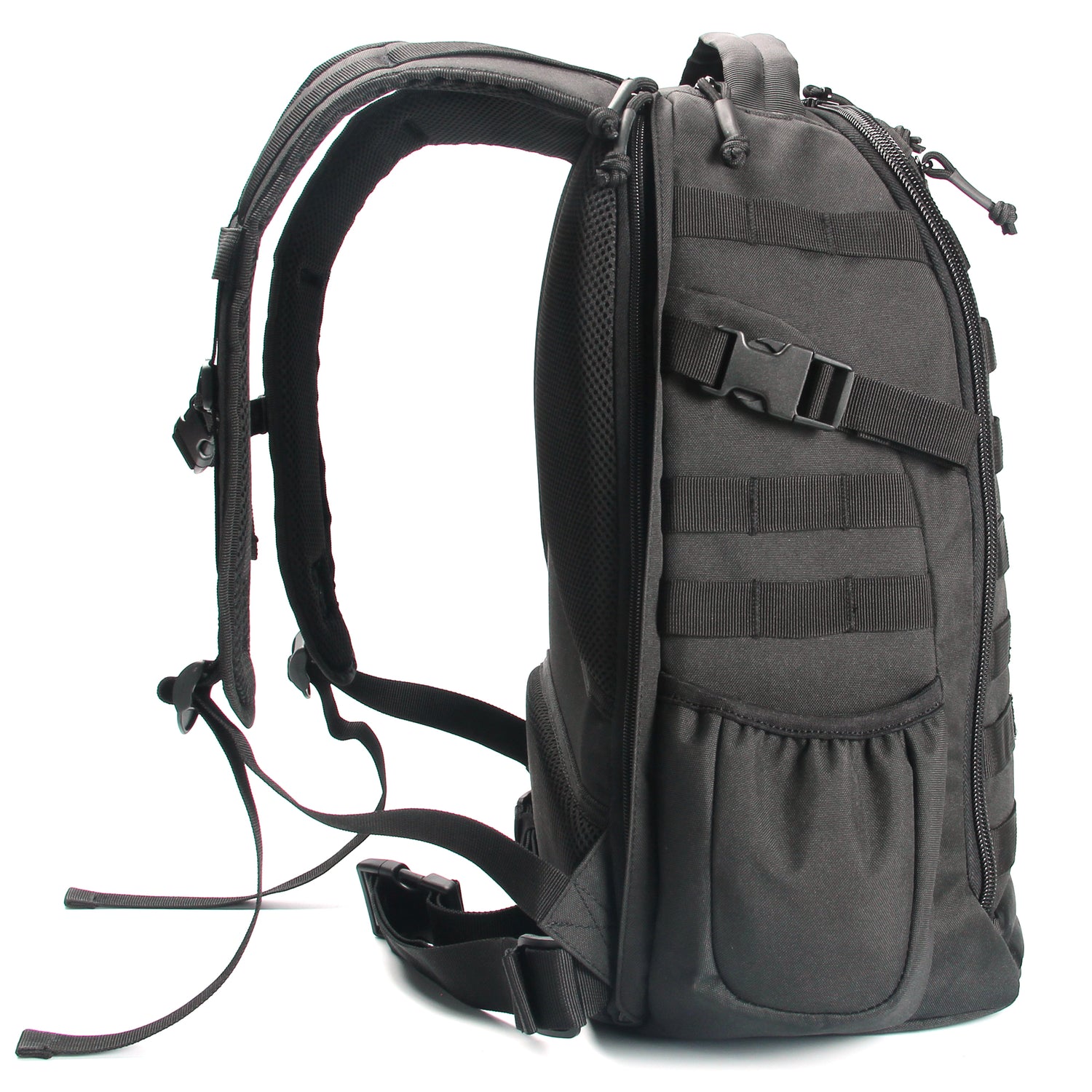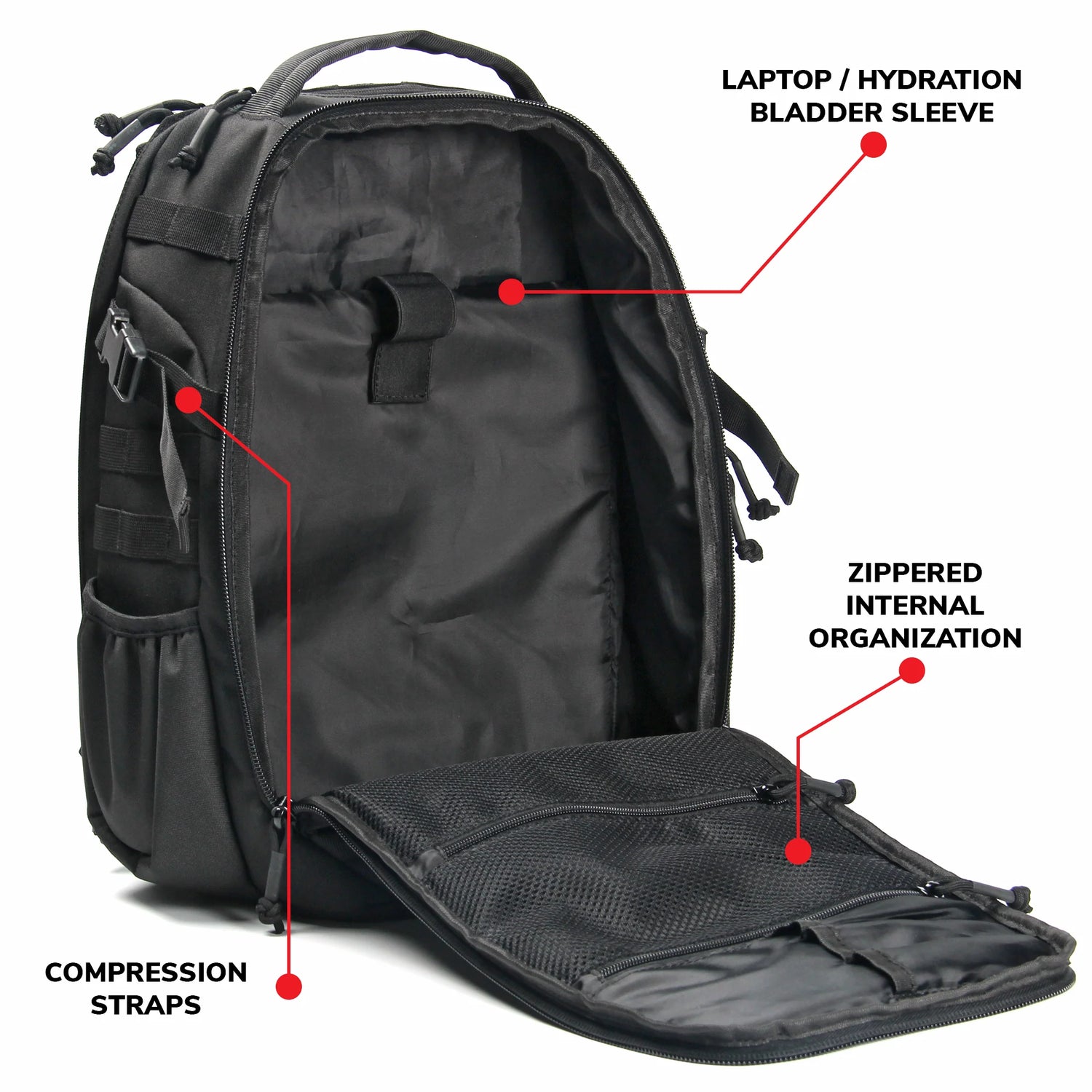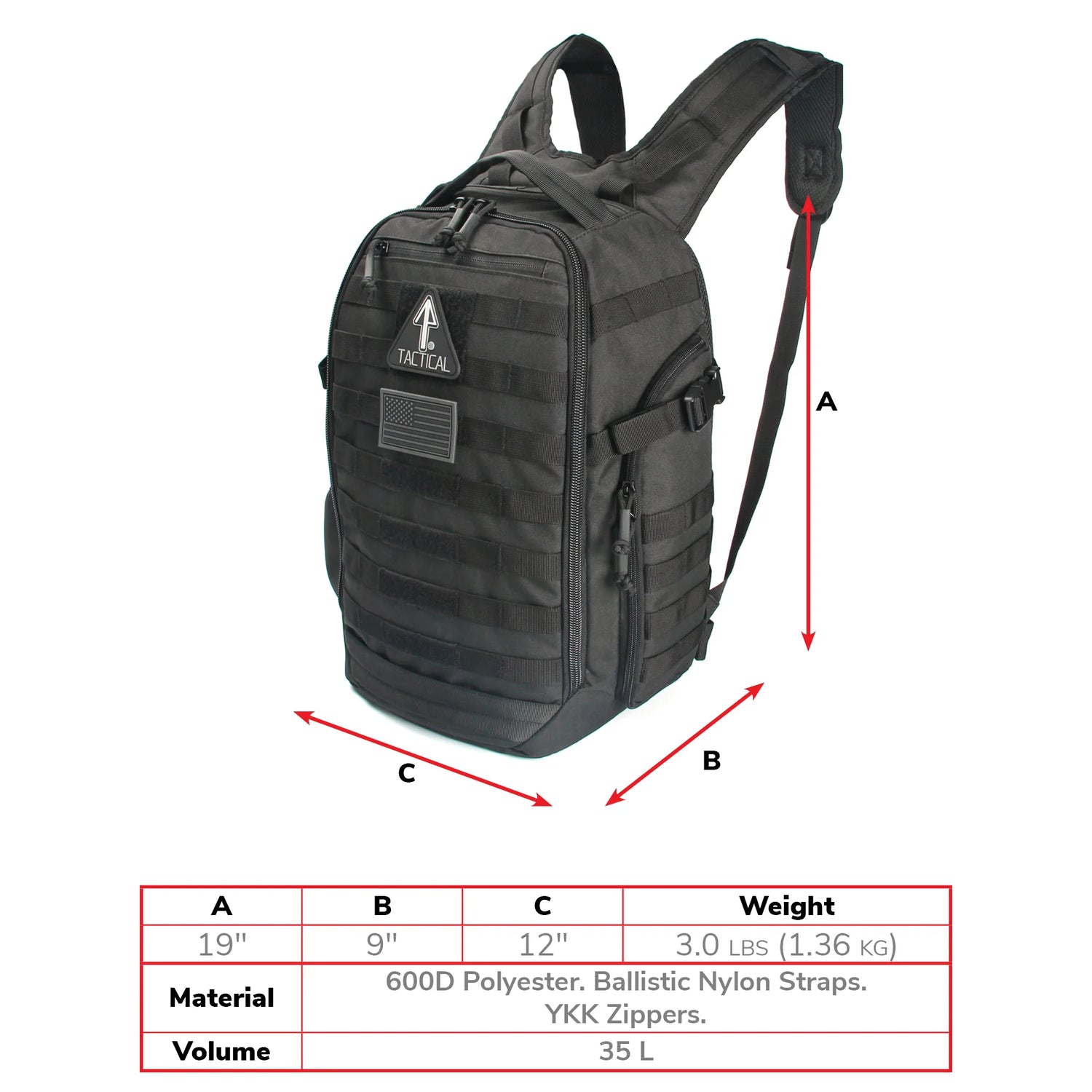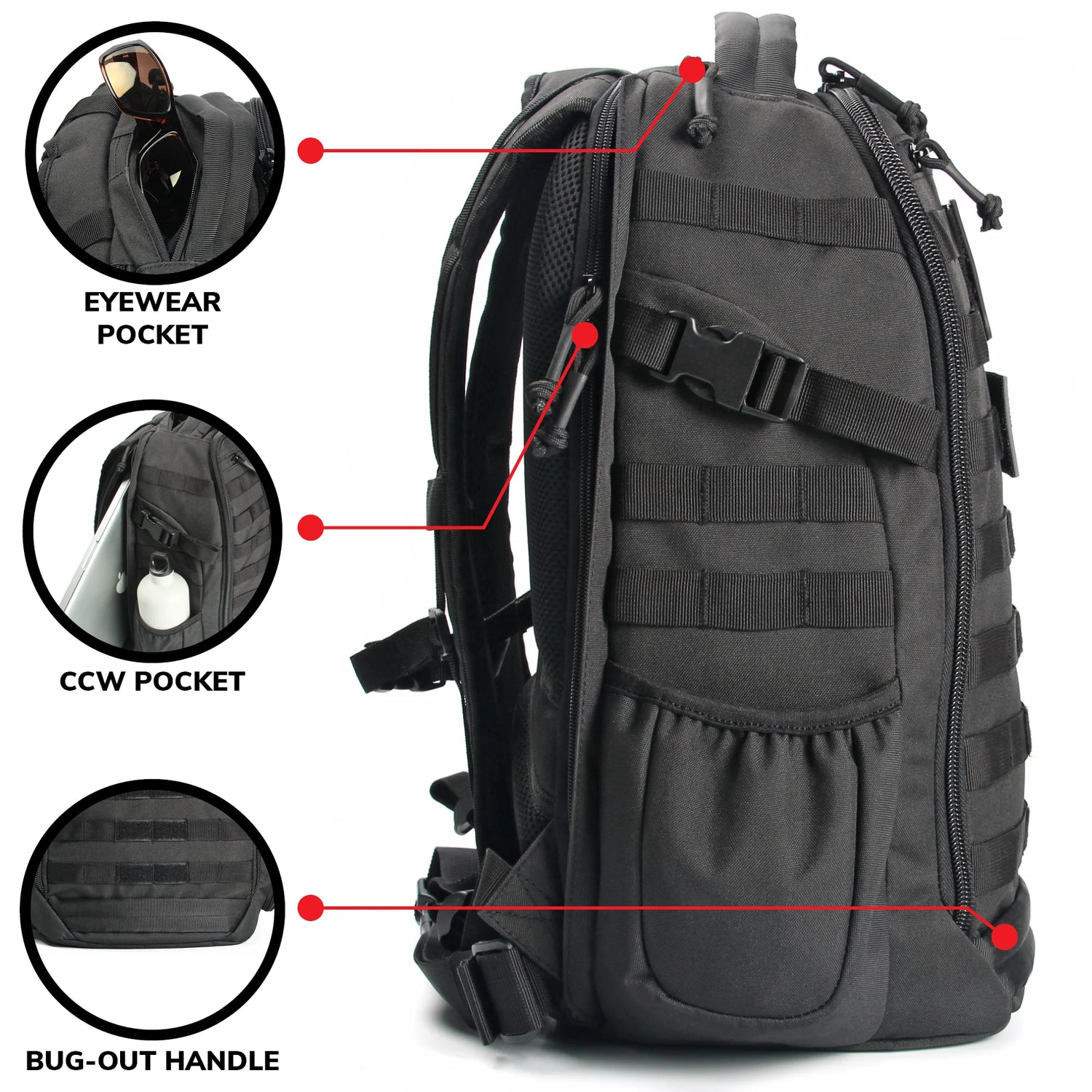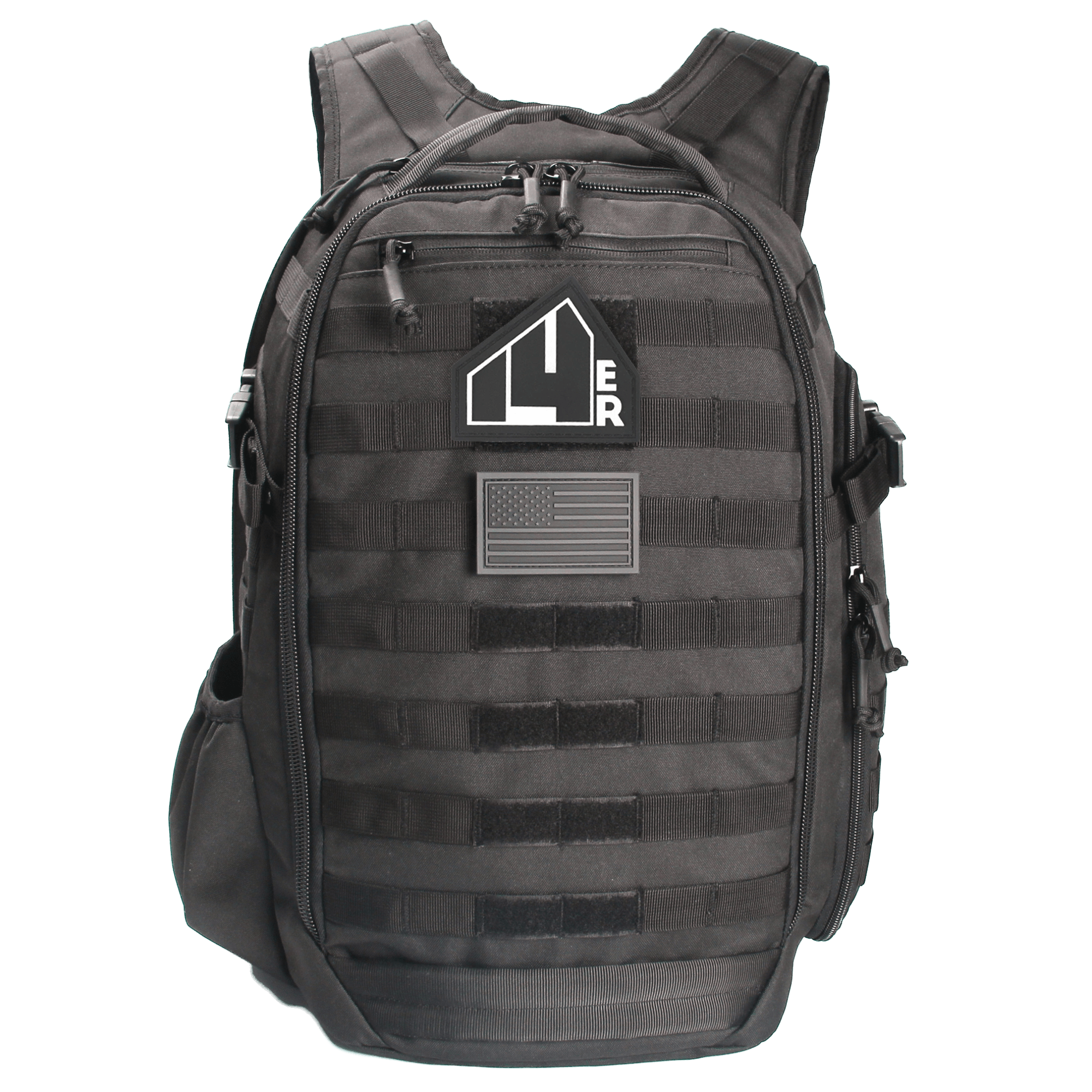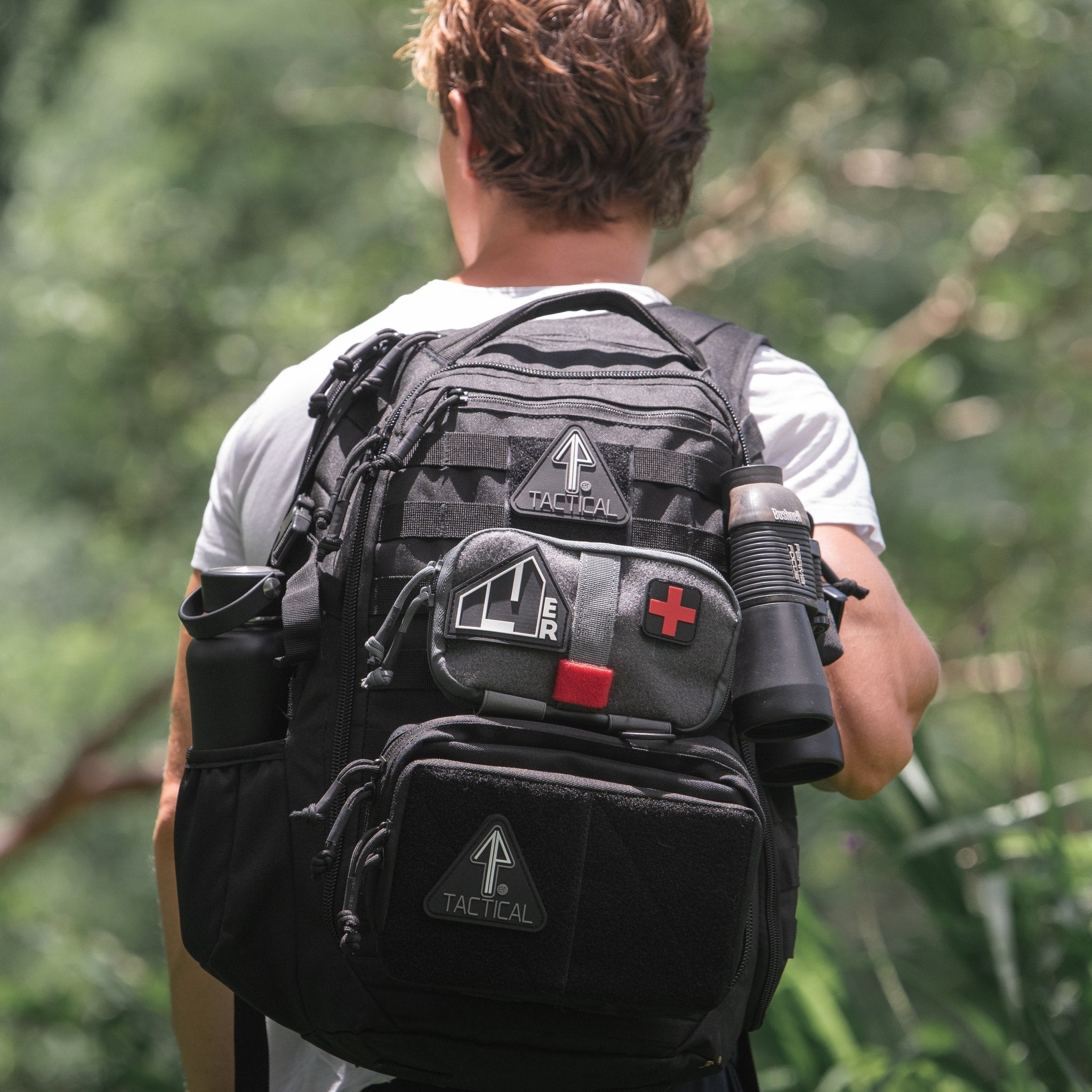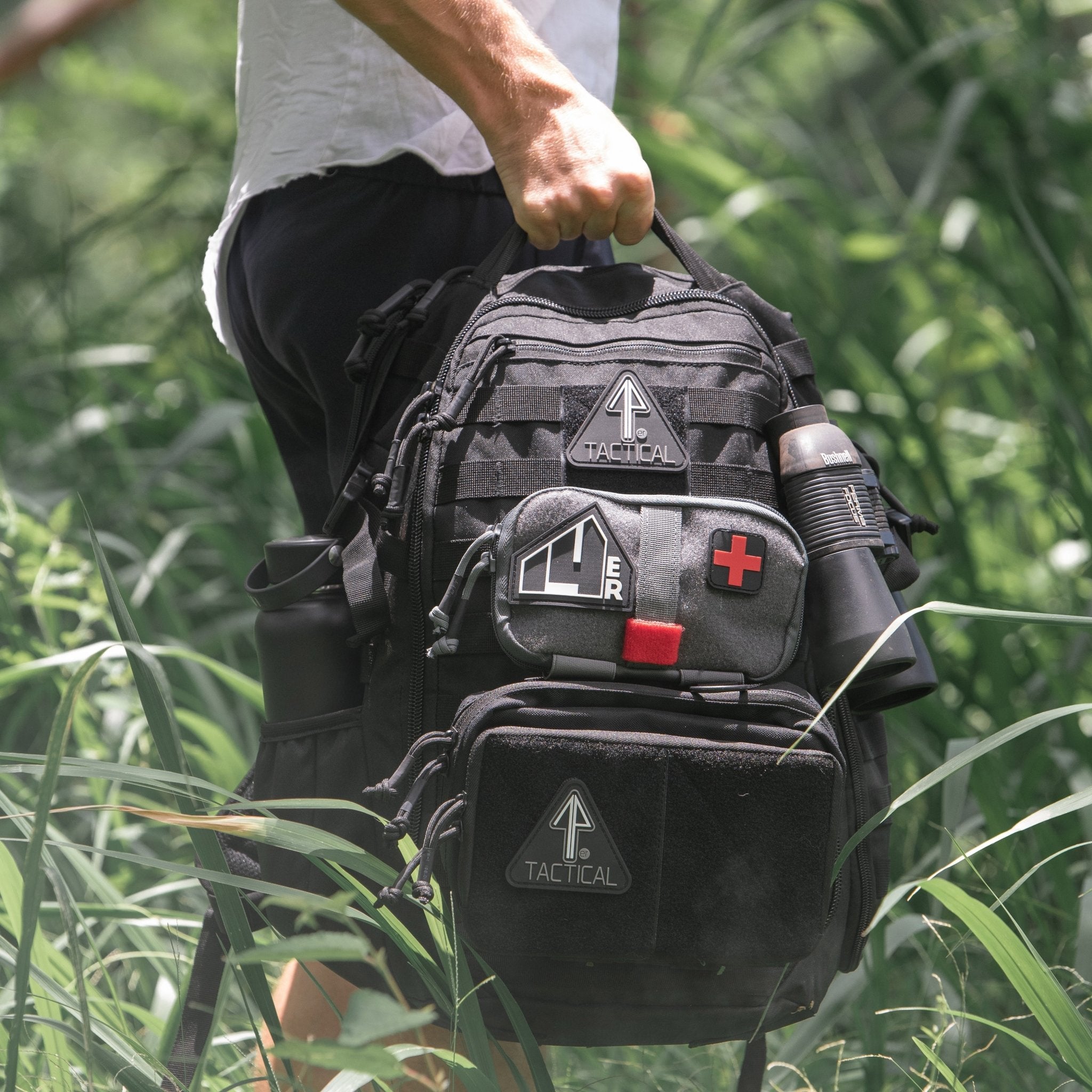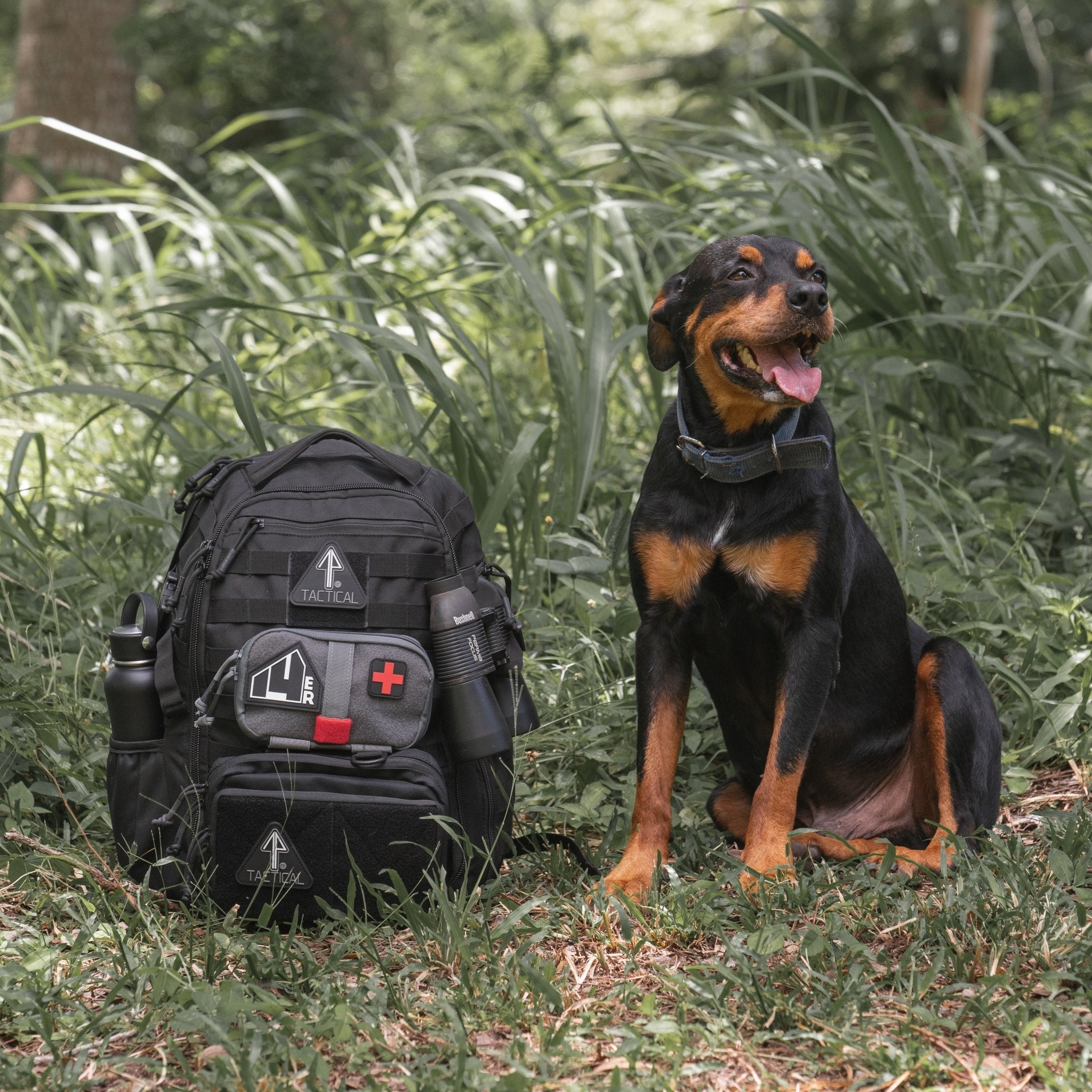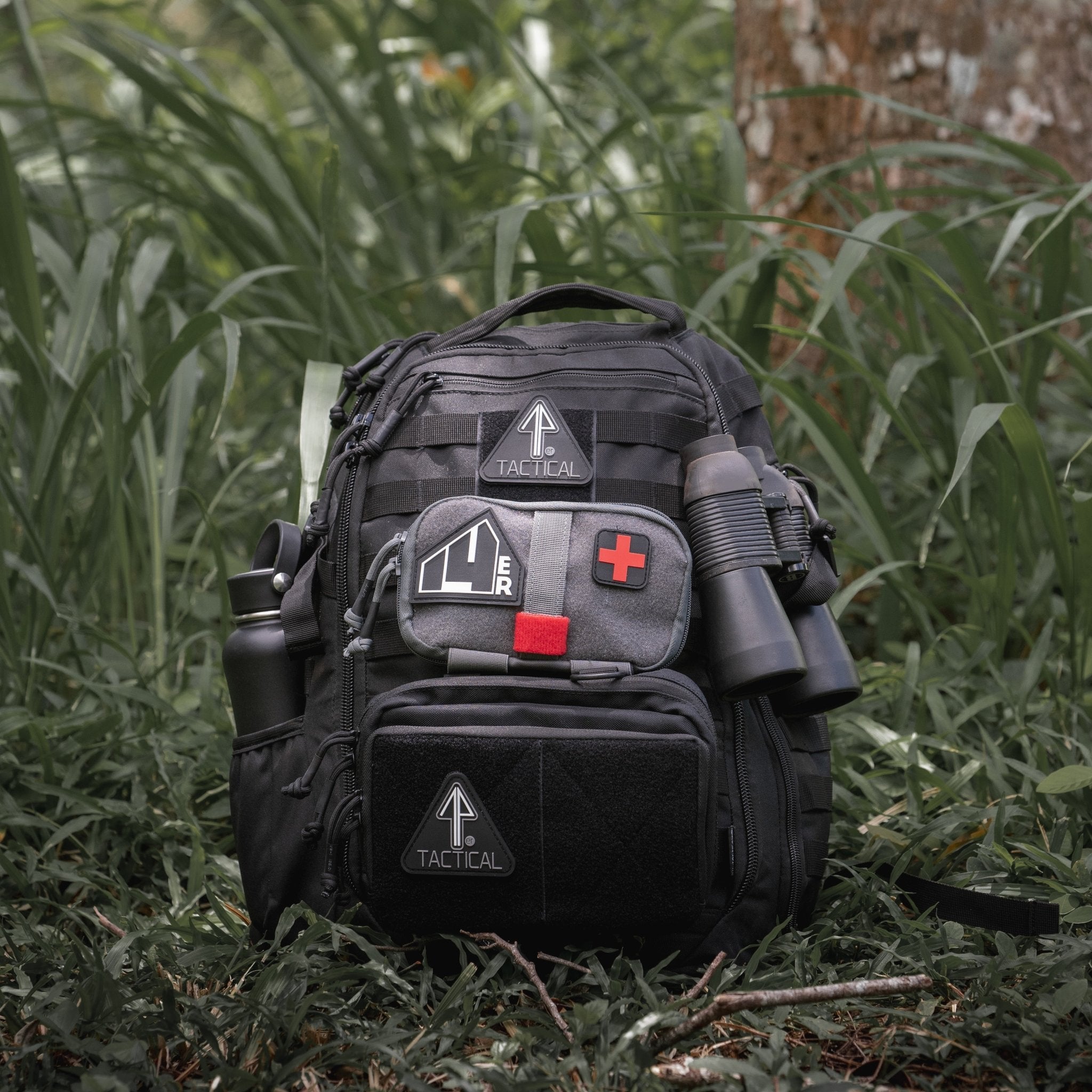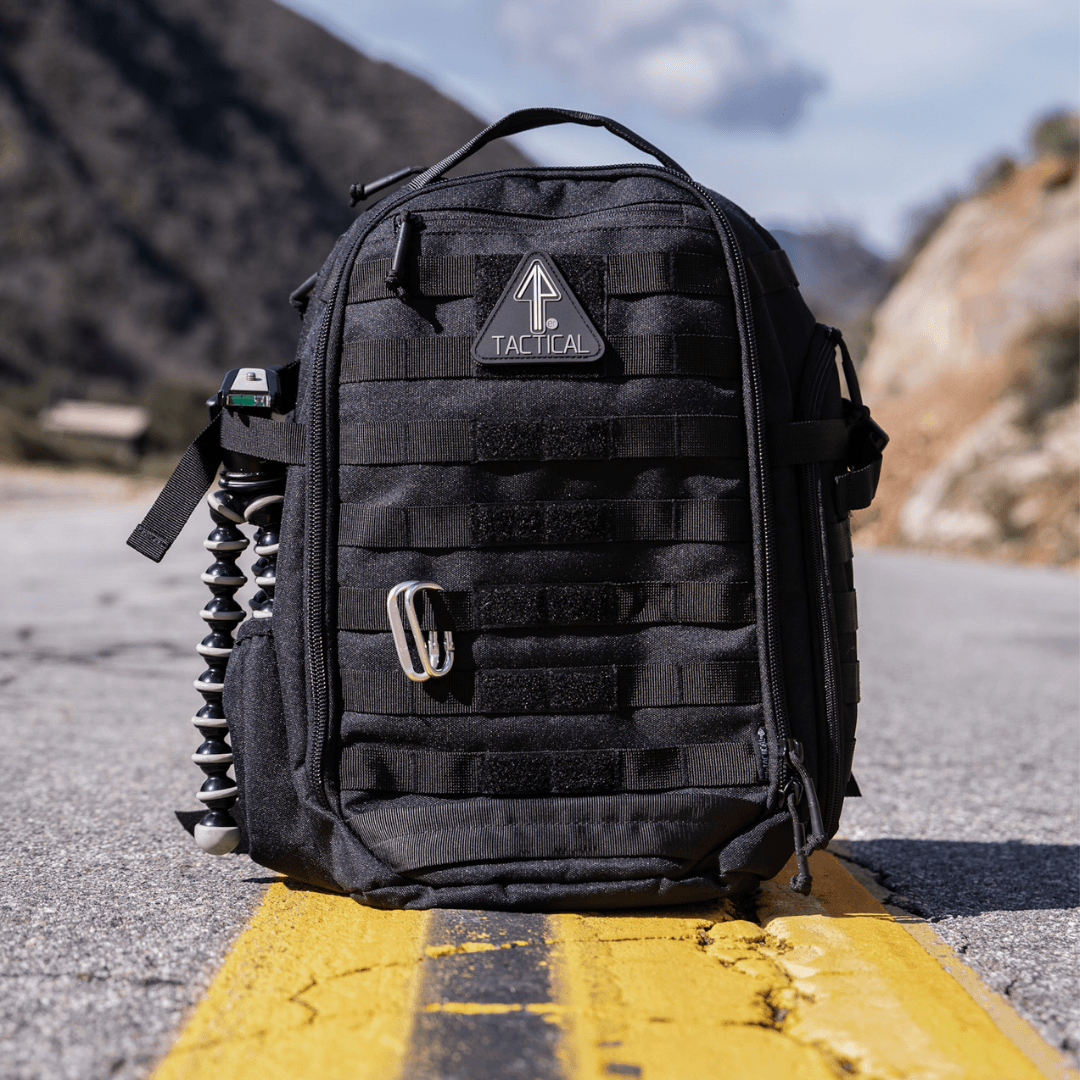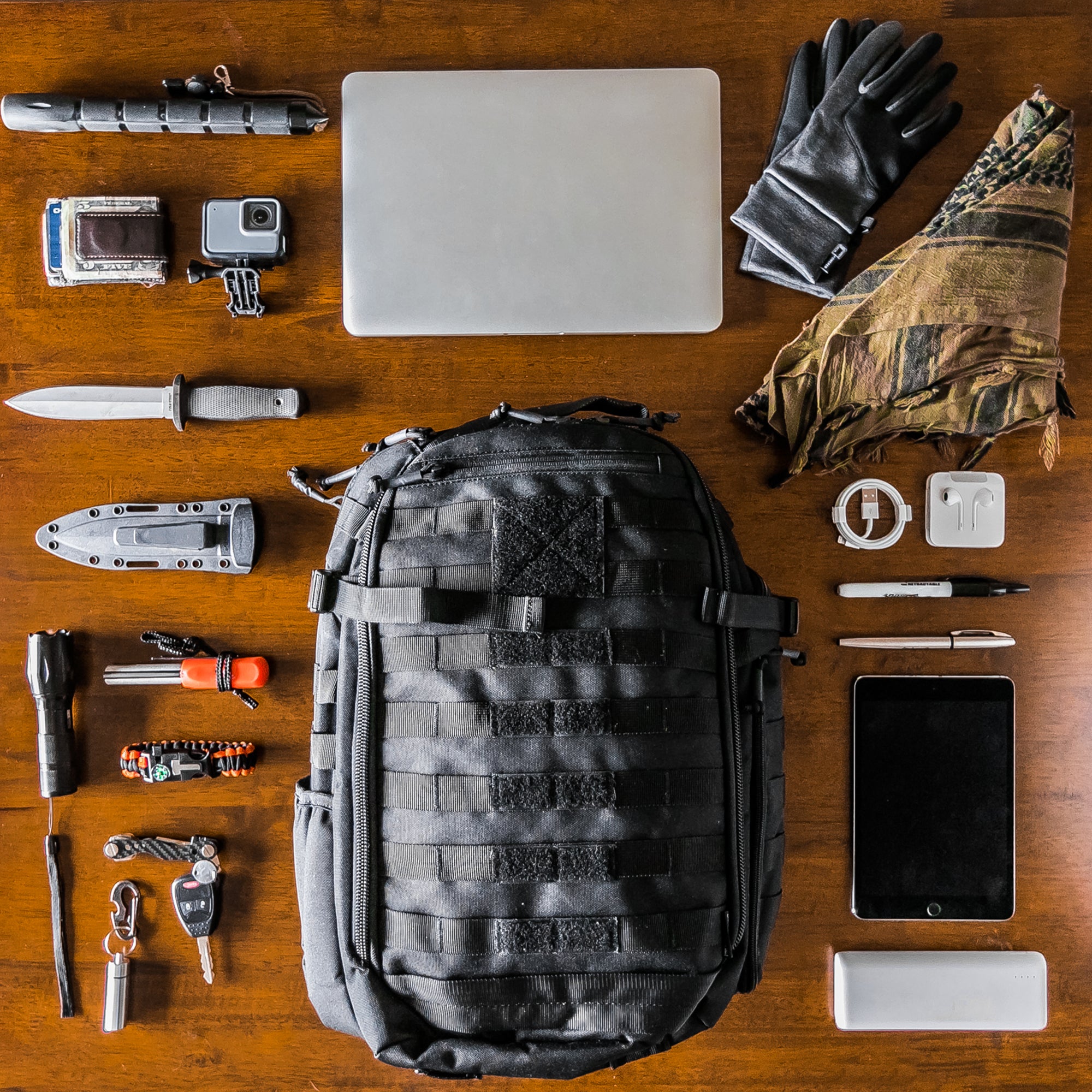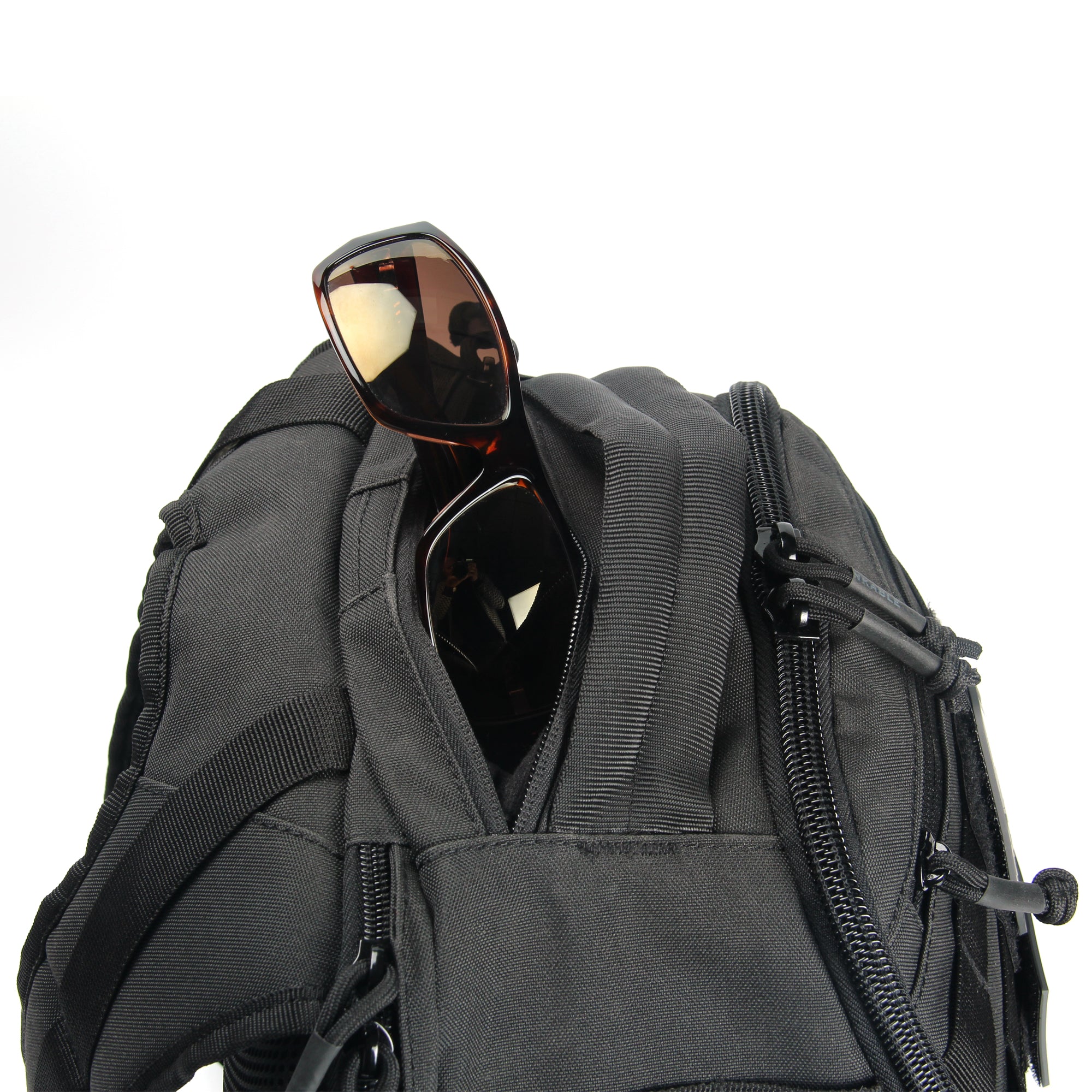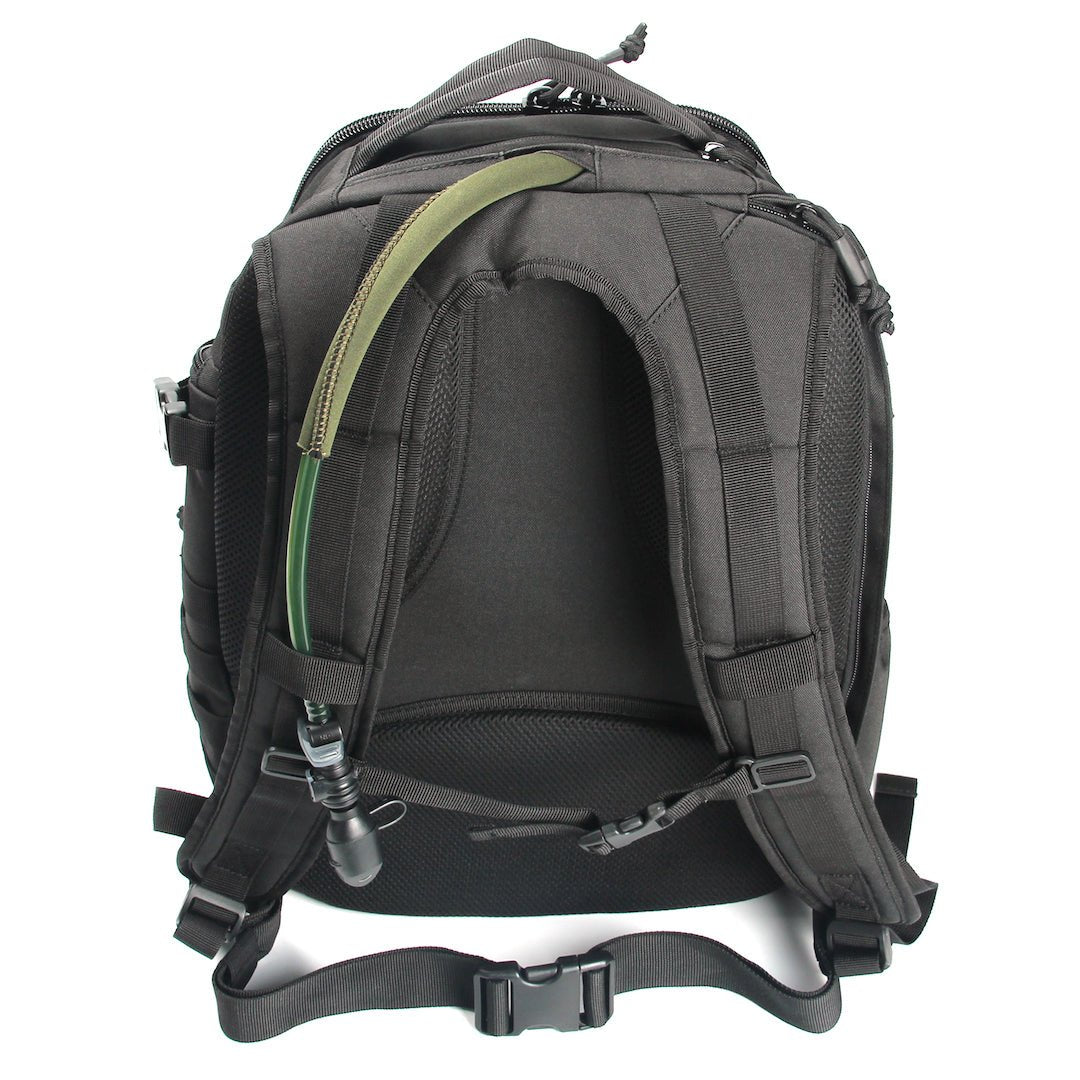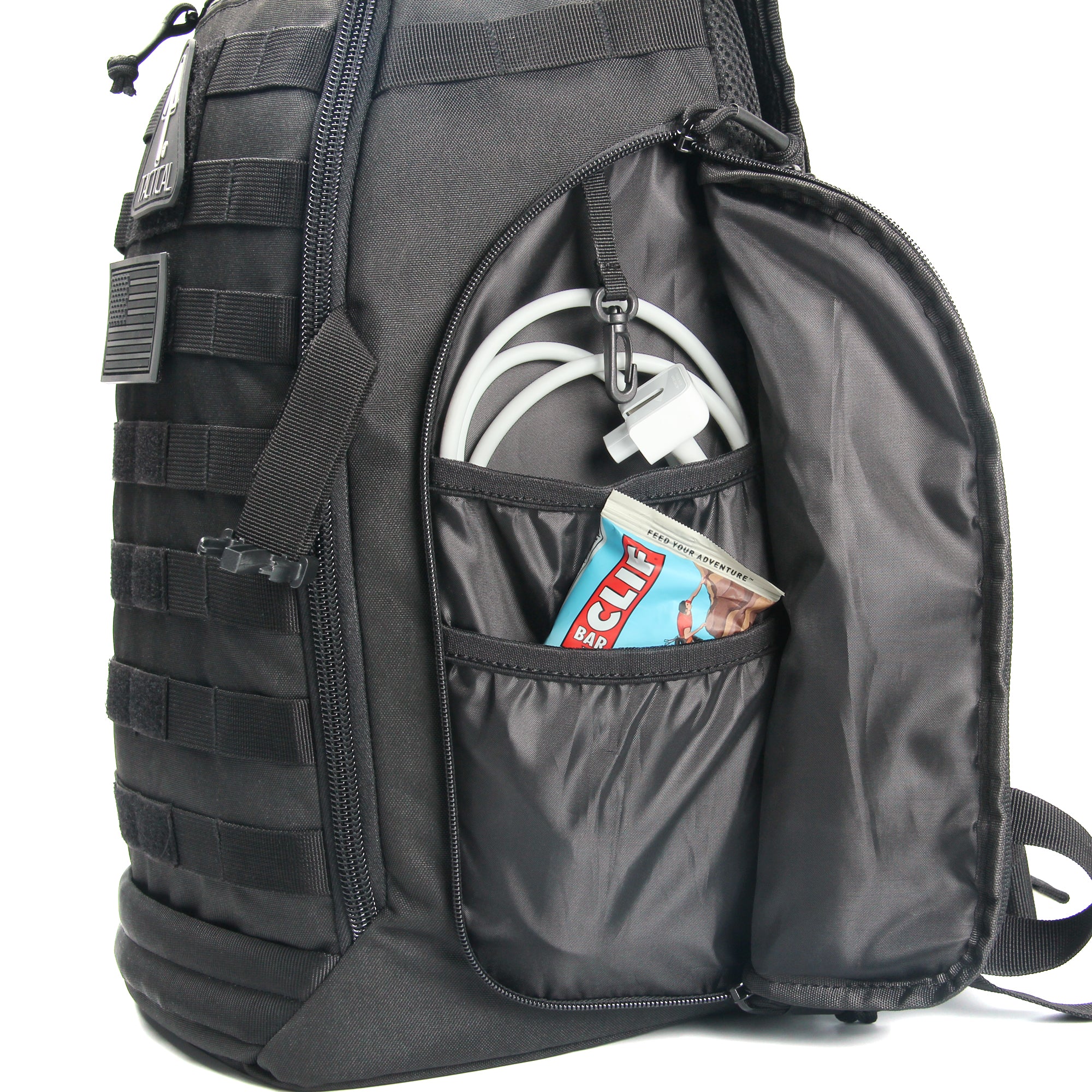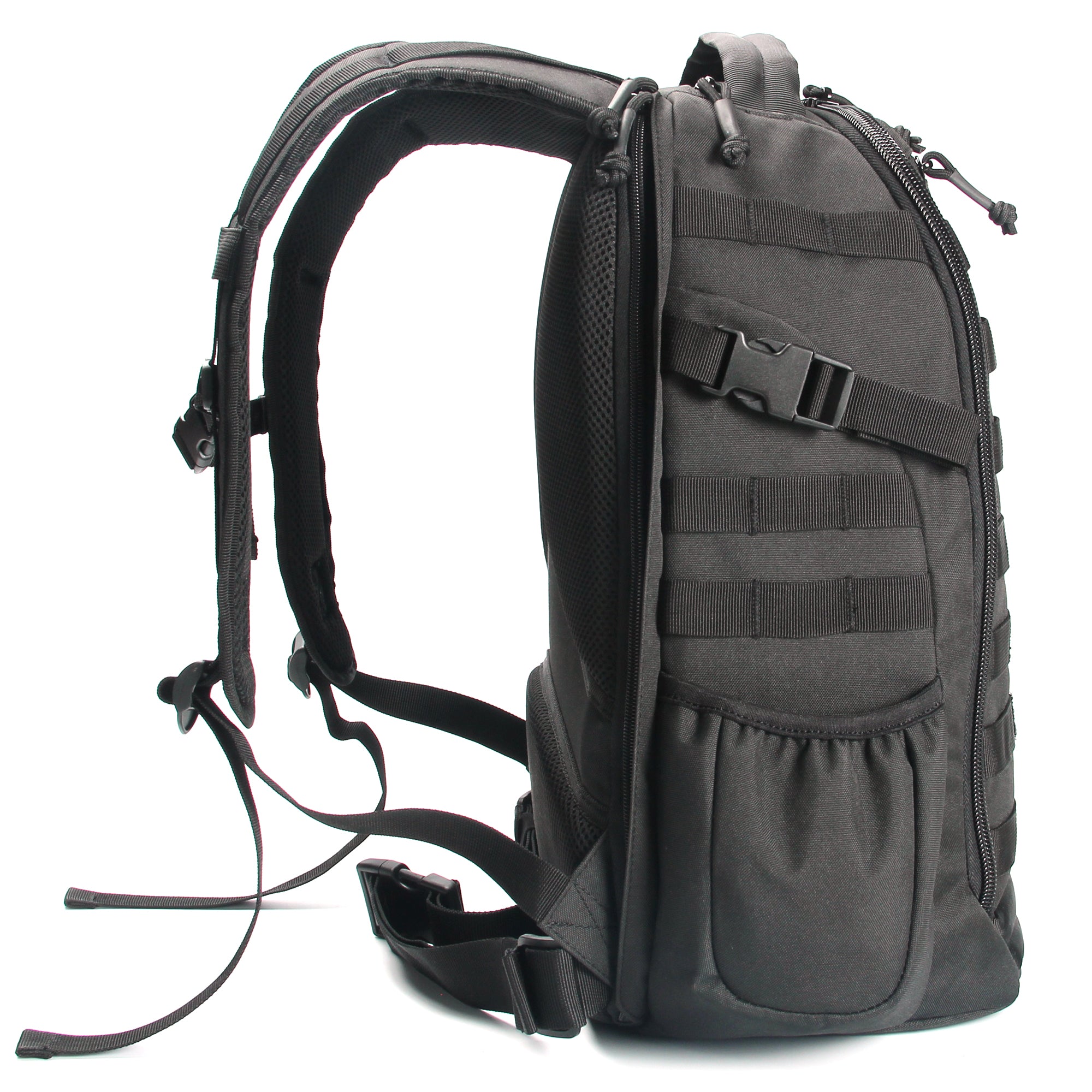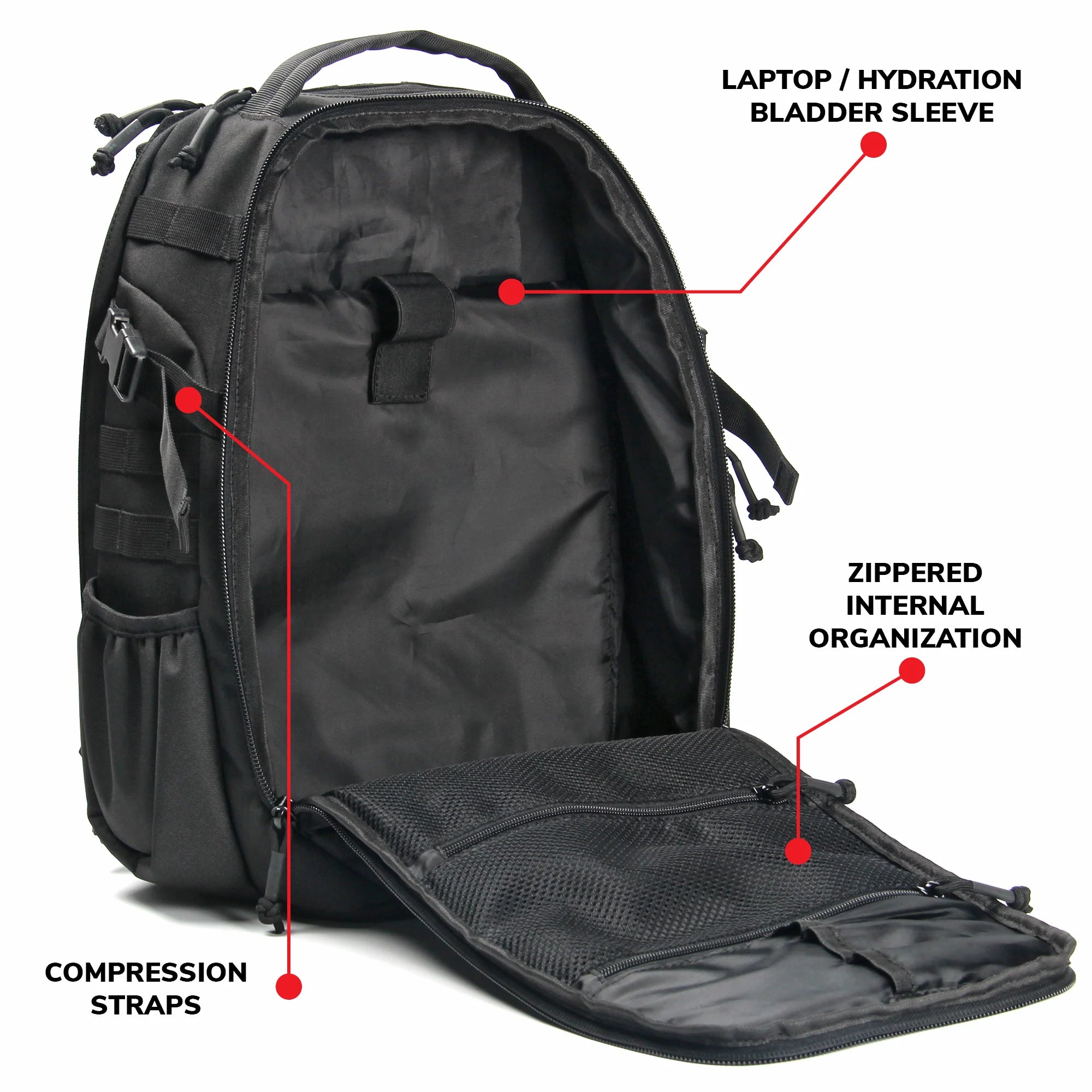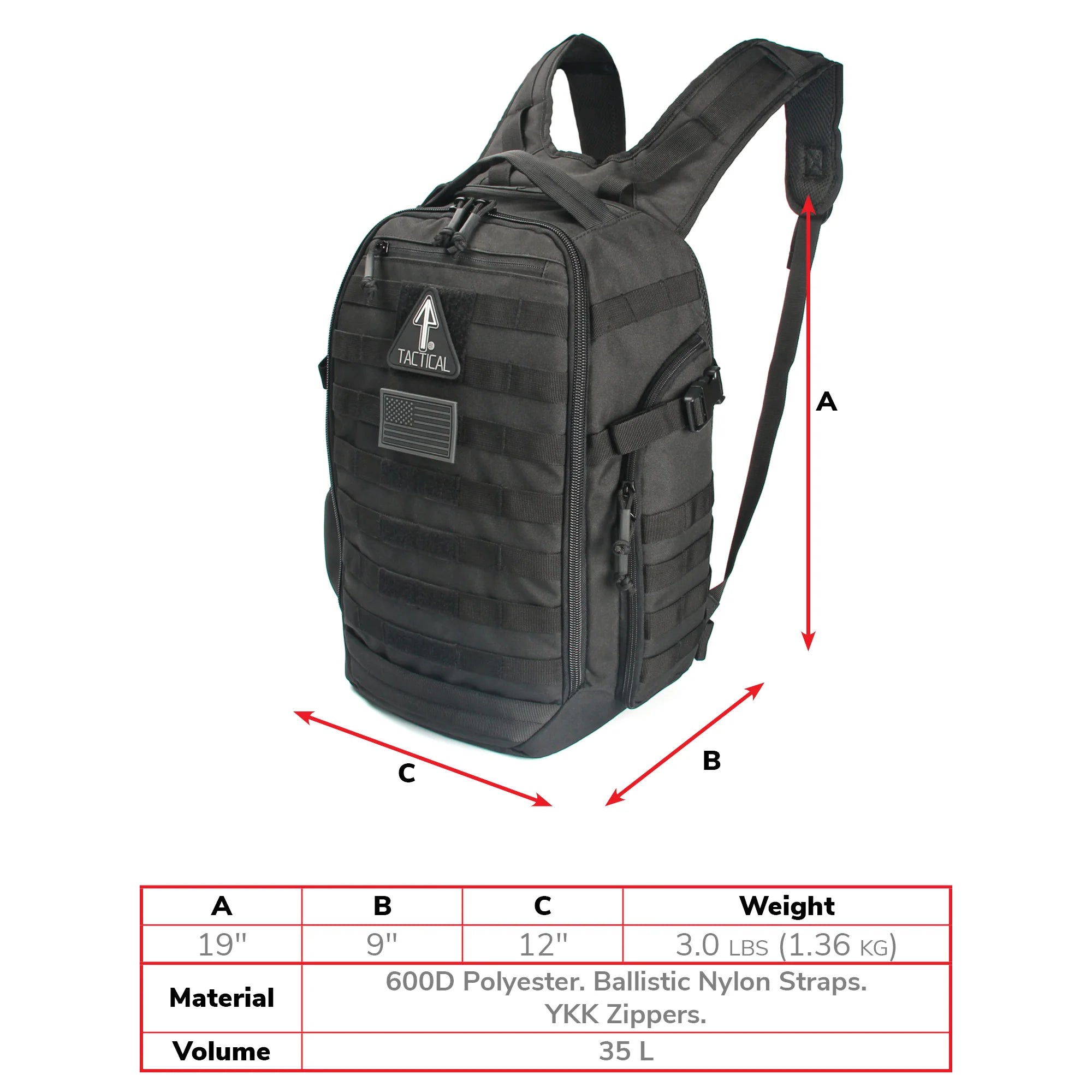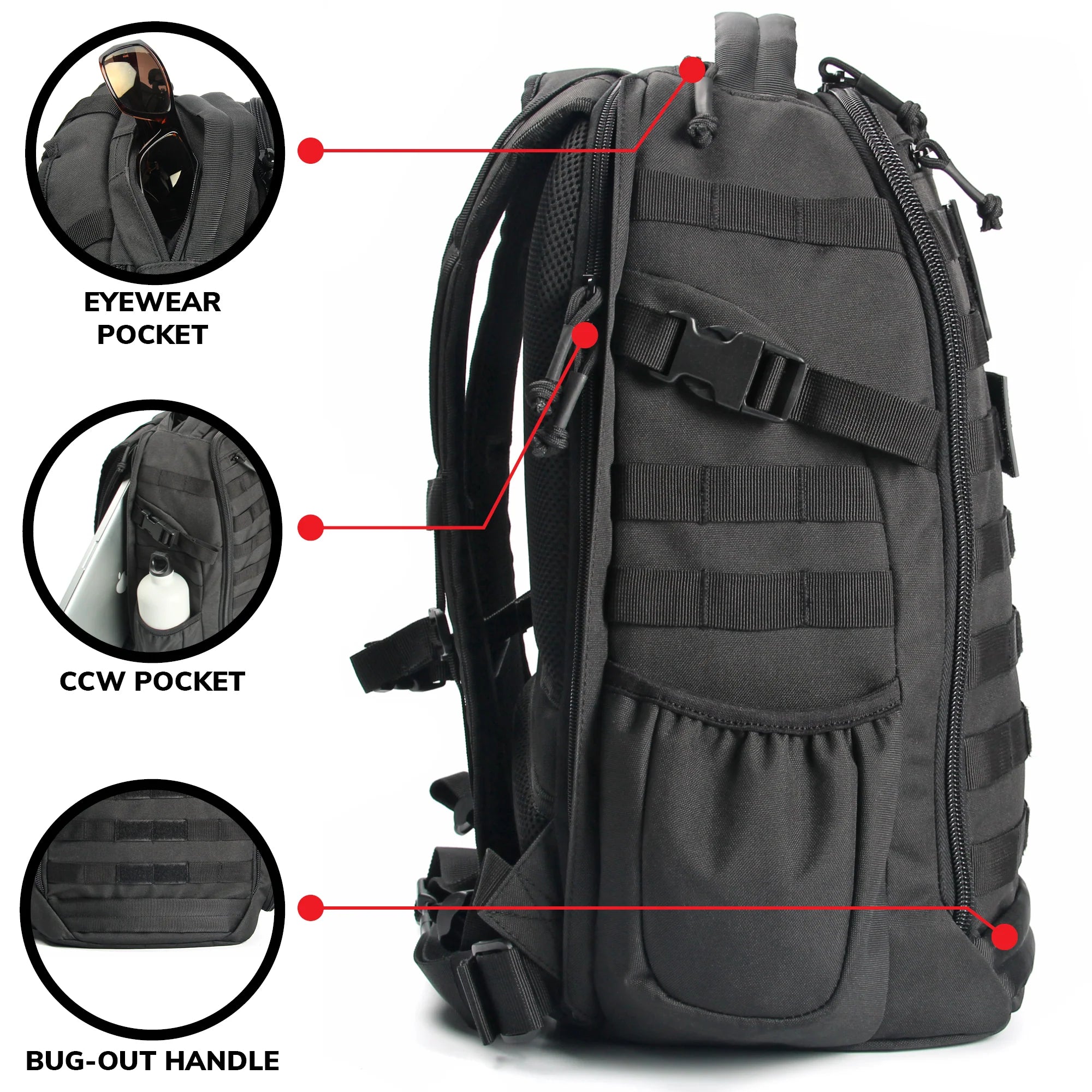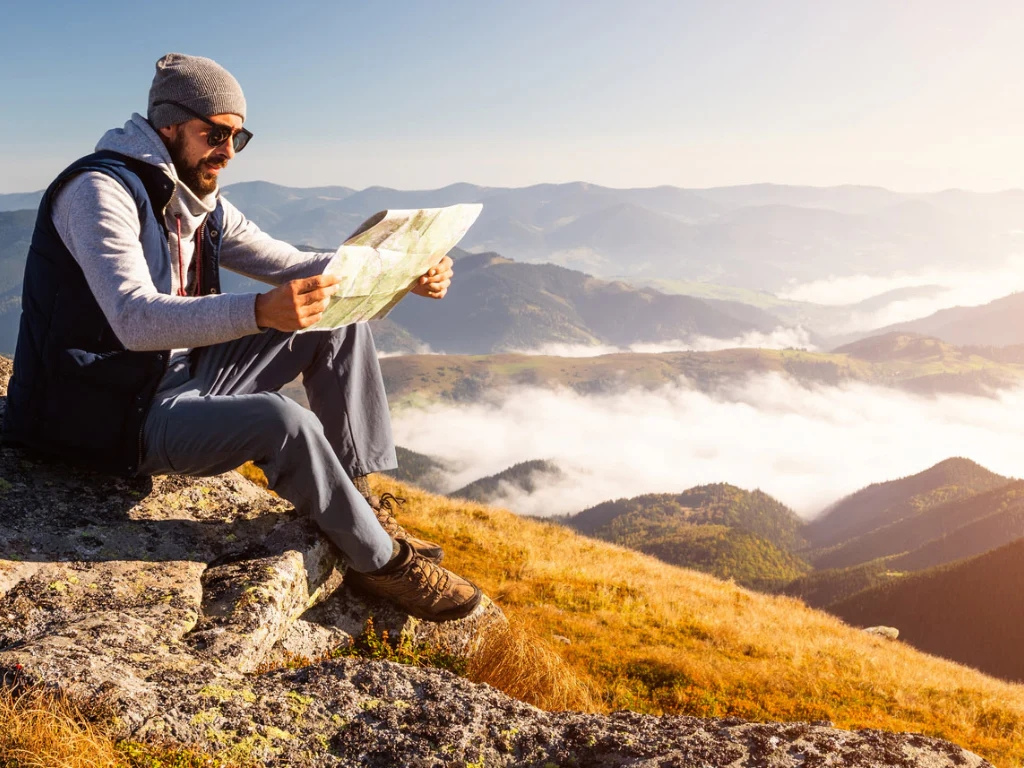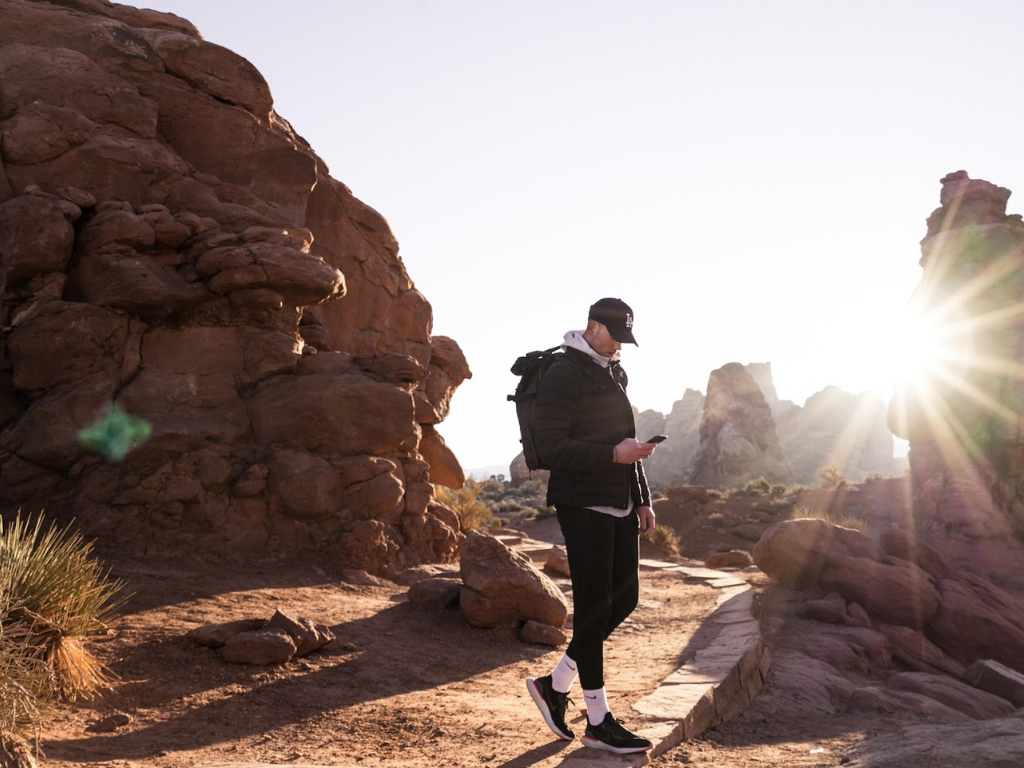
Why go solo hiking? For many people, hiking is a team activity. You’re going into the wilderness, where you won’t enjoy the benefits and comforts of civilization. That’s the kind of thing you’d want to do in the company of friends!
But it can be something you’d want to do on your own, too. Sometimes you can’t get a group together for a hike. Yet you still want to do it. We’re here to tell you—there’s no stopping you! You may not have your friends, but if you’ve got good solo hiking gear, you’ll handle the challenge just fine.
Self-Reliance in Nature: The Adventure of Solo Hiking
Solo hiking is an underrated activity. Hiking is always great, of course! What else can we say about a pastime that provides exercise while exploring the beauty of the outdoors? Doing it on your own is particularly rewarding. You get to bolster your self-reliance in nature trekking. It’s a driver of self-discovery and self-empowerment. That’s also a great thing for your state of mind.
We do have some hiking safety tips to offer. You can be a brave outdoor adventurer, but you don’t want to be foolhardy! Before you even start thinking about your hike, you need to get a physical check-up. And do a self-assessment of your fitness and endurance levels. You’d better be exercising regularly and building up endurance long before you step foot on that hiking trail!
Tactical readiness is very important. Be sure to do research about the trail you’re gonna be hiking. Learn about the trail’s difficulty level, the terrain conditions, the expected hiking duration, the area’s climate and weather, and what potential hazards you might encounter. Get a map of the trail to consult during your hike.
Once you feel physically and mentally ready, that’s when you can focus on having an amazing solo hiking experience.

The Amazing Benefits of Solo Hiking
All of the good things you can get from hiking will still be benefiting you when you go solo hiking. You’ll be out in the natural world, enjoying fresh air and sunshine and greenery, observing and discovering the landscape, the vegetation and the wildlife. You’ll be engaging in a challenging fitness activity that will improve your body’s health and endurance. Hiking also has mental health benefits—expect a boost to your mood and confidence.
One aspect of hiking that’s often overlooked is how it teaches you new skills. When you’re solo hiking, this is especially true. You don’t have anyone else who can do things for you, so you’ve got to do it yourself. Whether it’s wayfinding, survival, climbing, foraging, cooking or fire starting, you’ve got to do it on your own. So you develop skills. You learn self-reliance in nature living. You gain an understanding of the wilderness and what it takes to survive in it.
Learning survival skills is essential to following a tactical lifestyle. Solo hiking ensures that you learn them well, and also tests those skills. You have to actually use them, and this lets you hone them even more.
Solo hiking also develops your survival instincts. You are forced to develop better awareness of your surroundings. You also practice greater alertness and responsiveness.
The Disadvantages of Solo Hiking
While solo hiking has incredible benefits, it does come with its share of drawbacks. When you’re out in the wilderness on your own, you’re putting yourself at risk. It may not be a great risk, but there’s still the possibility that something can go wrong—and if it does, you’re in a wild place with no one by your side.
Hiking trails have potential hazards. You can have an accident that results in an injury. You could have an adverse reaction to plants, fungi, insect bites or something else. You could get terribly lost! If you go on a high-altitude hike, you risk the hazards of exposure and sheer cold. You may even face the issue of oxygen deprivation that leads to altitude sickness
Knowing the risks will allow you to be better prepared for your hike. You can mitigate the risks by equipping yourself with the right tactical gear for hiking. If you’re decked out with good outdoor survival equipment, you can breathe easier when you start on your trek (at least until you go above 7,000 feet of elevation)!

What Makes Tactical Gear the Right Choice for Solo Hiking?
The joy of solo hiking comes from the experience of wilderness adventure with the added benefit of solitude. You’re facing a challenge while depending on no one else but yourself. The wonders and the hardships of the journey belong to you alone. It’s invigorating and empowering.
But with no one else to depend on, even minor hassles can be draining. They cost time and effort that you could be spending on nature trekking. That’s why you’ll want solo hiking gear that won’t let you down. It’s gotta function properly and tough it out through the difficult conditions of outdoor adventuring.
That makes tactical gear a highly appealing option. We’re talking gear that’s the equivalent to the military’s outdoor survival equipment. Dealing with a wild environment is tough enough. A service member doesn’t want to get distracted by issues with the equipment! Thus military gear’s gotta have high-grade durability and functionality. And tactical gear designs follow suit.
Hiking Safety Tips: Essential Tactical Gear for Hiking
Being a solo hiker requires you to travel light. You definitely don’t want to bog yourself down carrying a pack that’s heavy with stuff you won’t even use.
We recommend that you go about the task of selecting outdoor survival equipment with ruthless efficiency. Make a list of the items you are considering for your trip. In terms of tactical gear for hiking, you’ll certainly want a tactical backpack, clothing and survival equipment, including an individual first aid kit (IFAK). You’ll want to keep the first aid supplies in an IFAK pouch clipped on the hide of your backpack. That will let you deploy it quickly in the event of an emergency.
It’s a good idea to bring a lightweight type of emergency shelter. You might be able to do without this on a very short hike, but it’s good practice to bring one with you on most outdoor trips.
Keep in mind the ten essentials of hiking equipment. These are even more crucial when you’re trekking solo. The essentials include food, water, navigation tools, sun protection, survival gear (including light and fire starting tools), first aid supplies, shelter, proper footwear, rain gear and a knife or multi-tool. Here’s a more detailed guide on the solo hiking gear essentials to bring.
If you’re looking for more hiking safety tips, check out our helpful guides in the 14er Tactical Resources Blog!



